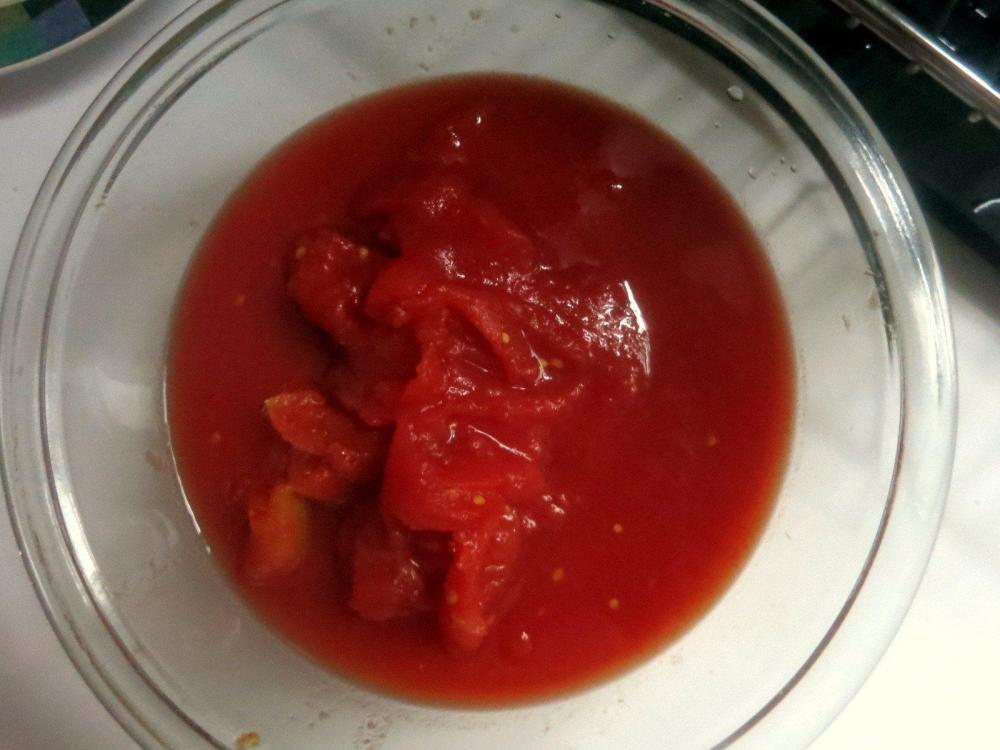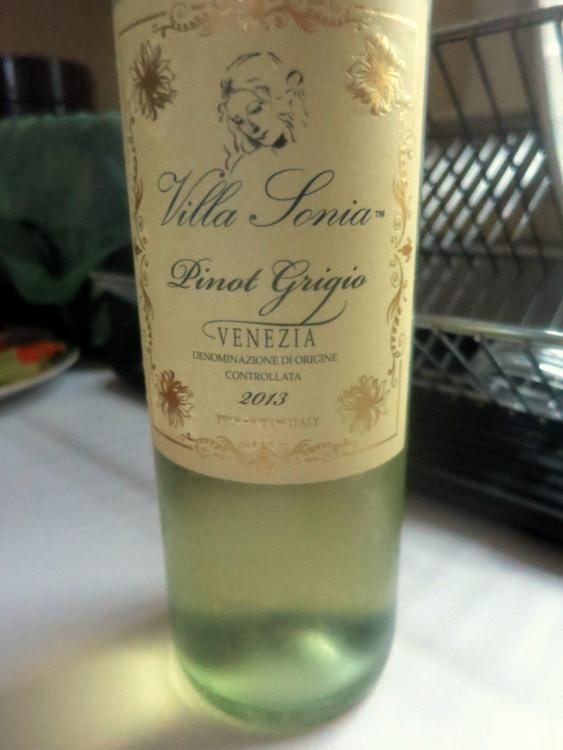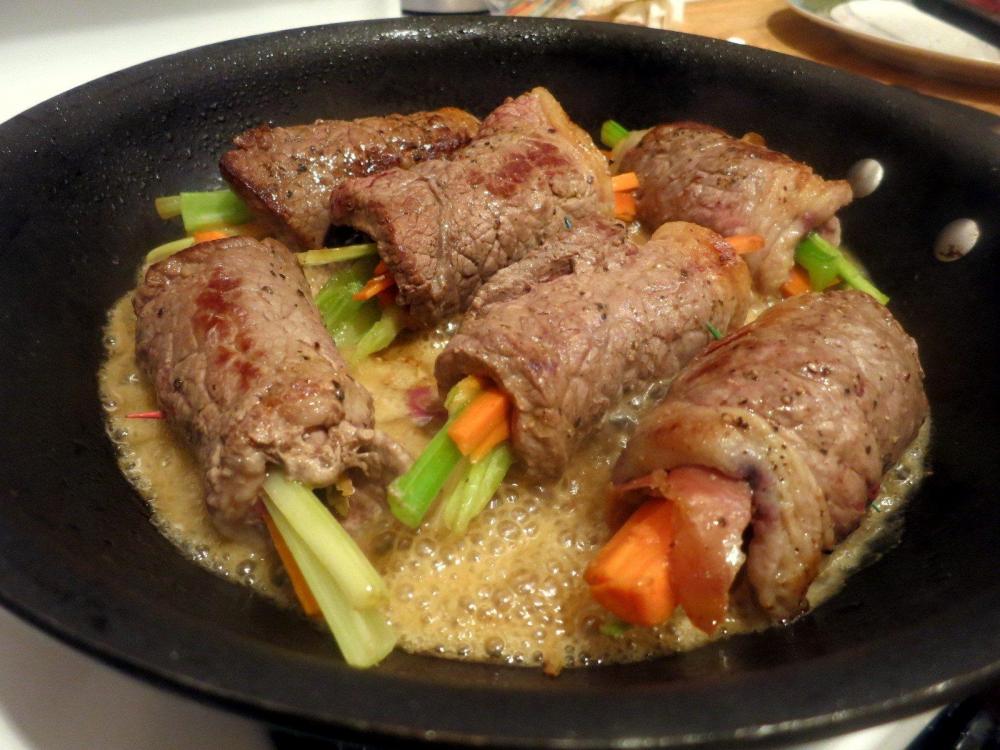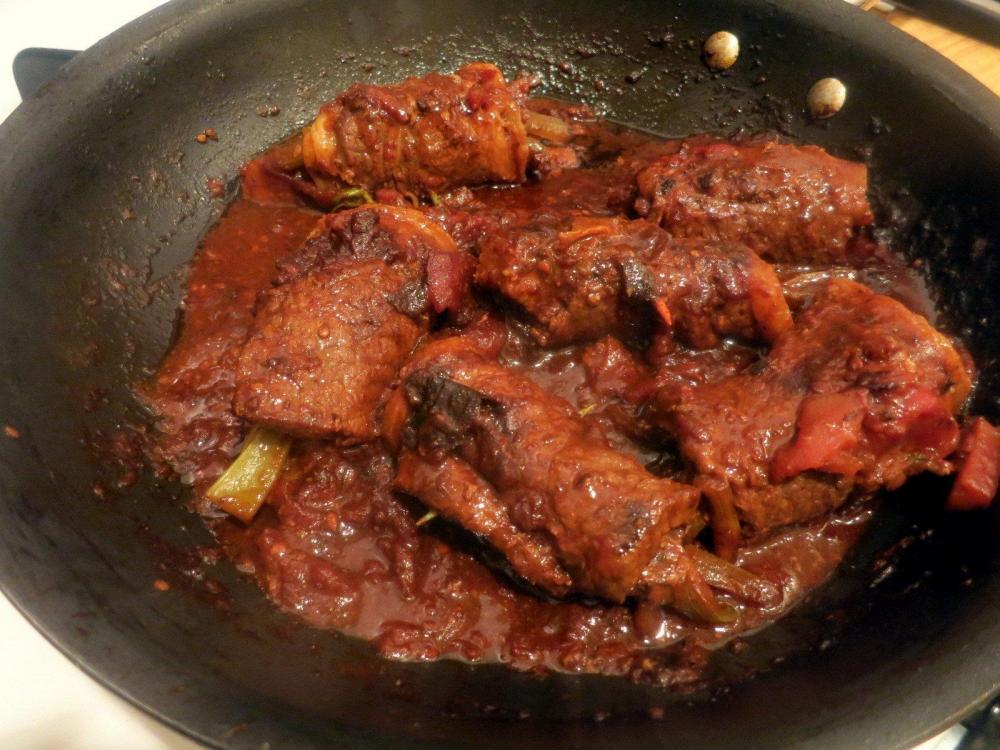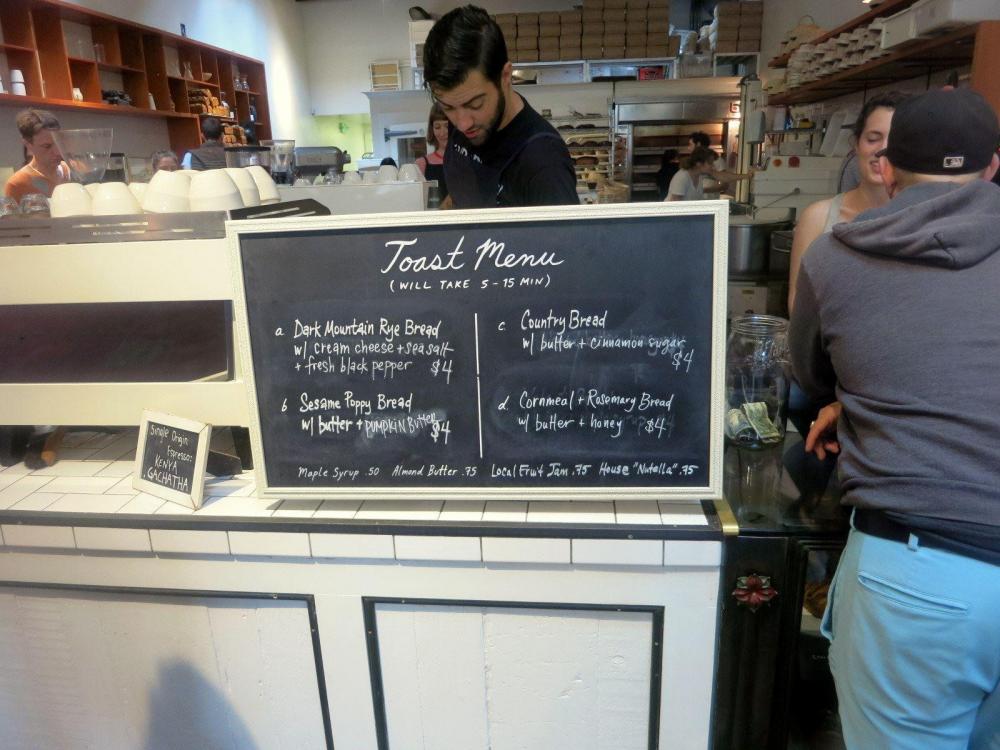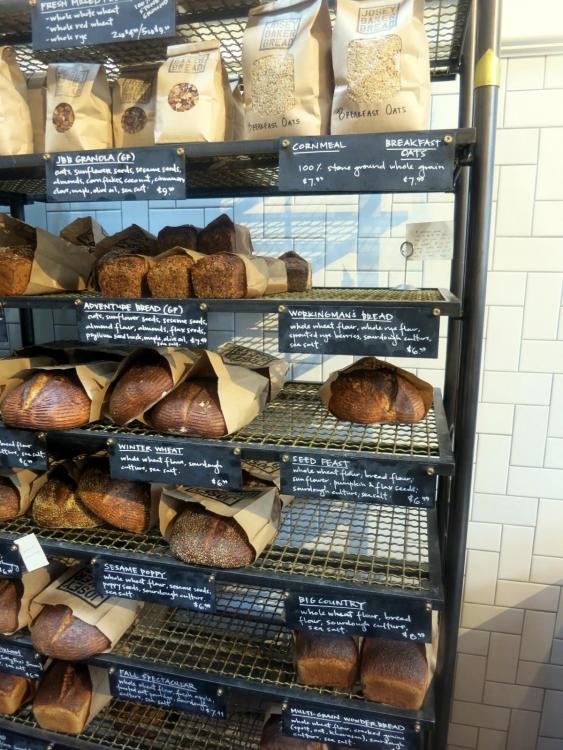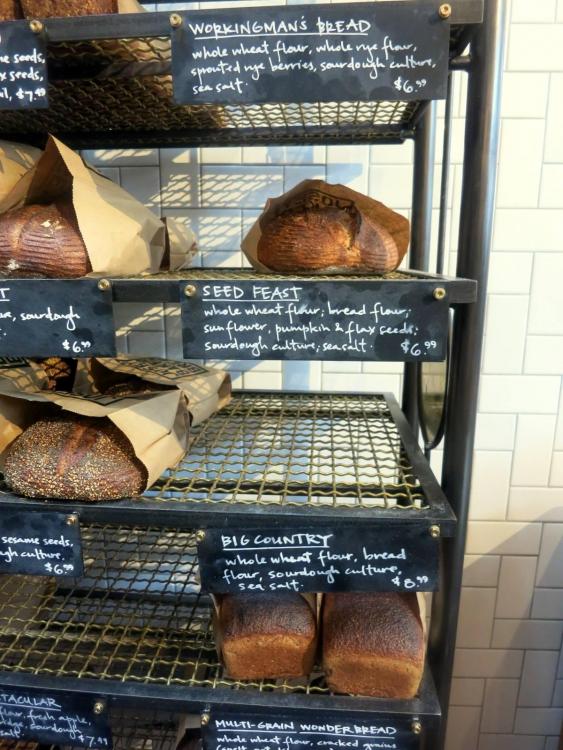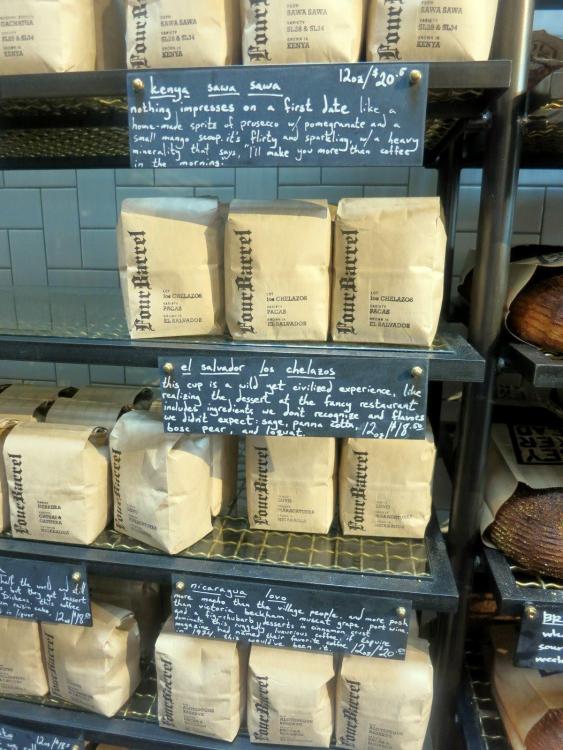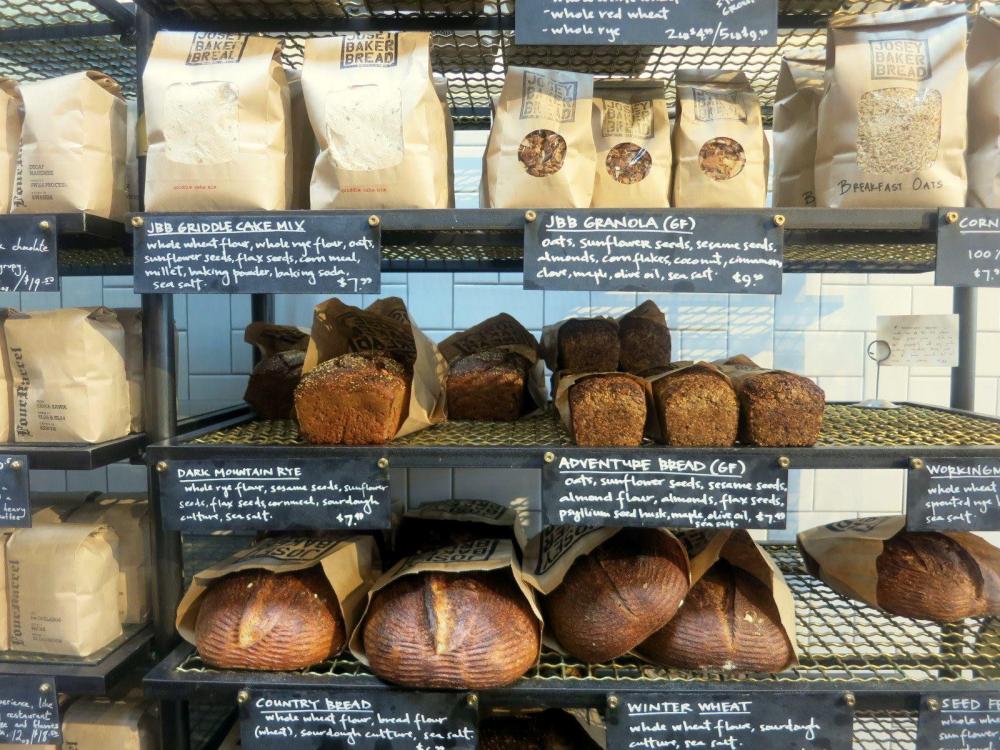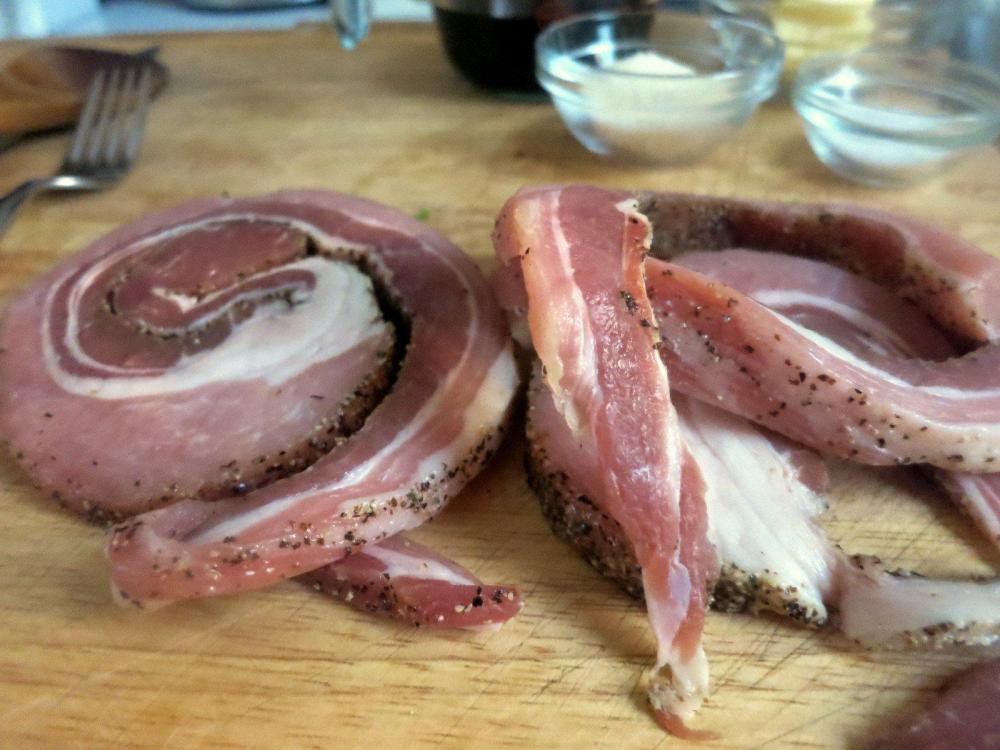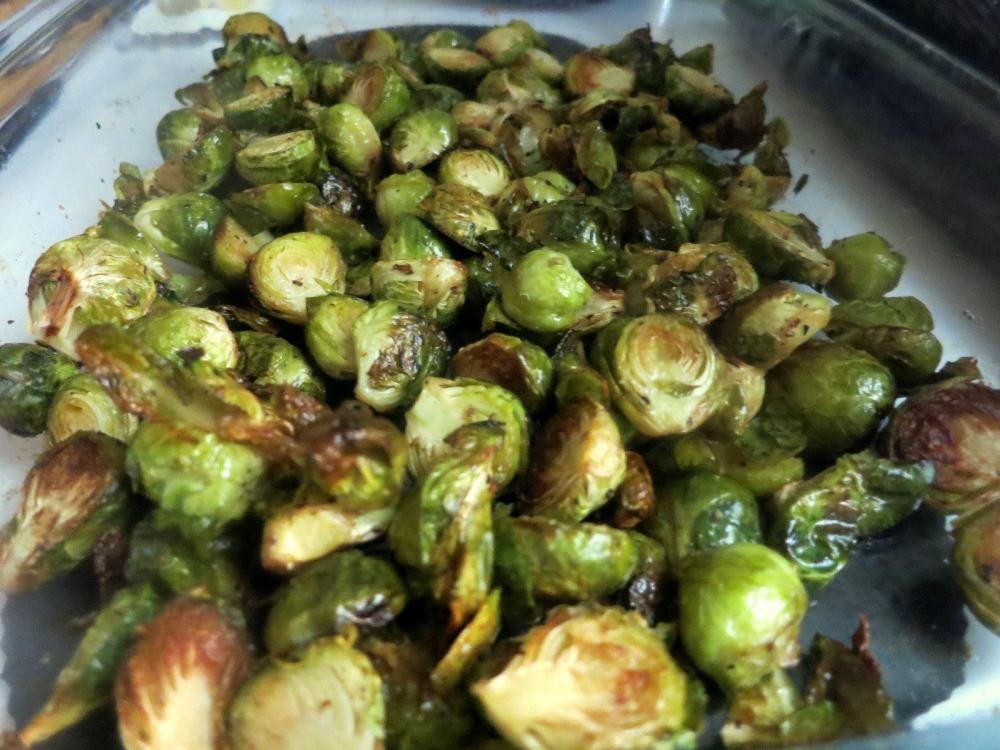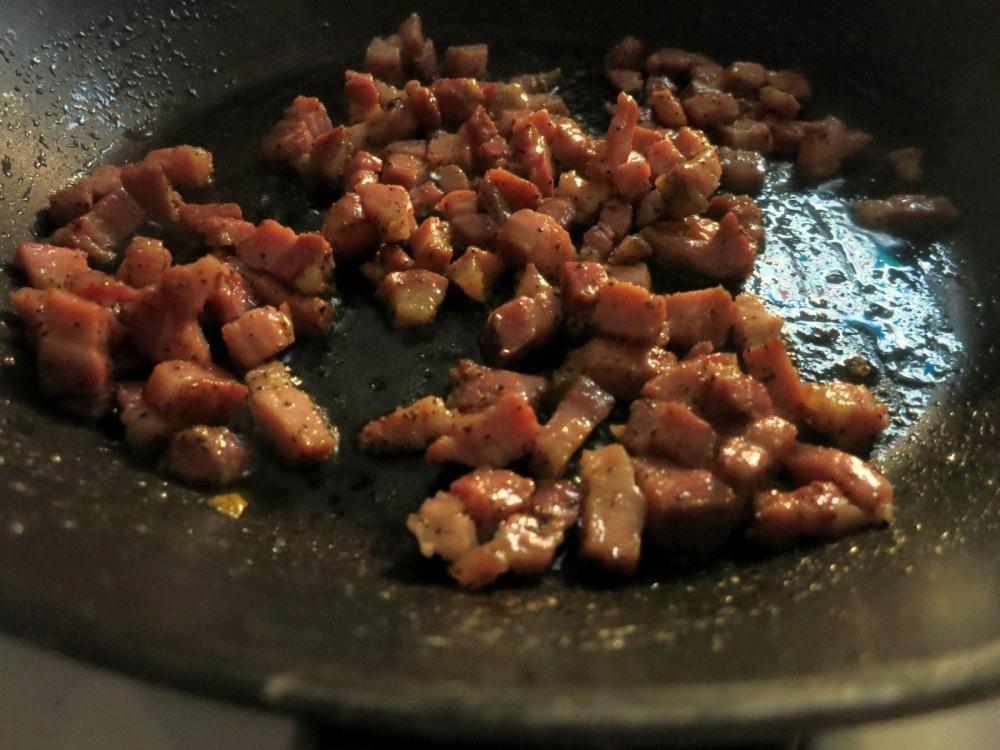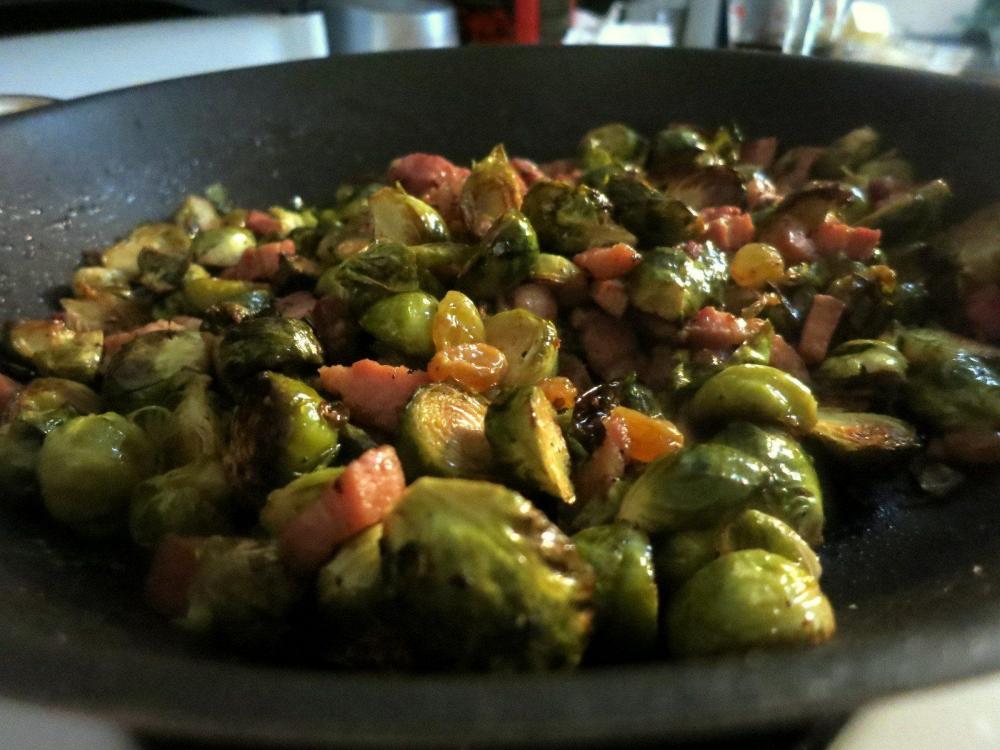-
Posts
429 -
Joined
-
Last visited
Content Type
Profiles
Forums
Store
Help Articles
Everything posted by ProfessionalHobbit
-
Some of you may remember my kitchen in NYC. It was 6' x 7' and while I liked that it was cozy, I was seriously lacking for space. I mentioned in my intro thread that the kitchen in our flat is easily my favorite room, for the reasons you'll see below. The spices are technically not on top of the stove but on a ledge that sits behind the stove. Not a good place to put them, but we're short on that, ironically. Most of those are old and probably need to be tossed at some point. I keep the newer stuff in the cabinet above. The cabinet that's peeking out to the left of the stove holds baking sheets, cookie sheets and other assorted pans and racks. The cabinets to the left of the island hold dishes, china, ramekins and wine glasses. (We like to entertain a lot.) The machine next to the slow cooker is a Japanese rice cooker. There are cabinets and drawers to the right side of the island that hold more dishes, Tupperware, more pots and pans and various miscellaneous things like kitchen towels, mittens, matches, kitchen shears, toothpicks and the like. This section was re-organized after I moved in so I wouldn't spend a lot of time looking for stuff. The green Dutch oven is one of a very small handful of pots and pans that made it to California. Ditto for the blender which is part of a combo food processor that B bought for my 44th birthday. This is the main countertop where a lot of my prep work occurs. The food processor also has a blender attachment. The knives I use most often are (1) a Japanese chef's knife from Bernal Cutlery (see link below) and (2) the silicon knife you see in the foreground at center-left. http://bernalcutlery.com/ I have a photo of the front section that I would dearly love to upload but the photo uploader thingie isn't behaving -- it's treating the pic as 100 x 100 pixels which is not at all the case b/c the original is actually 1600 x 1200. Very frustrating. Maybe I can load a different pic when I get home. Part of the kitchen-gadget drawer which also doubles as our silverware drawer. No chopsticks -- B uses them to eat with, and I don't bother with them. I used to know how to use them but when I emigrated to the U.S., I lost that knowledge and never re-learned the skill. Maybe one of these days, but I rather doubt it. There are three more drawers below this one. Immediately below are another utensil drawer for tongs, spatulas, spoons and whisks. The one below that holds aluminum foil, plastic wrap, plastic baggies, parchment paper, etc. The one below that has lids for various pots and pans. We love our kitchen, clearly. Pantry. We have tons of olive oil because I tend to go through it like water. This pic was shot in November 2015 -- I can guarantee you that the amount of "stuff" has ballooned since then. Dry goods pantry. The glass jar in the middle is a jar of preserved lemons (Meyer lemons, kosher salt, olive oil, rosemary, peperoncini). It's about half gone at this point unlike in the pic above. As for our cookbooks, they're in a room dedicated just for them. It's a small but growing collection. I've added about 10 books since these pix were shot, most recently a Basque cookbook that I will soon post about. Oh, and I forgot. Above the kitchen cabinets are where we keep our copper pots and pans (which I should really use more often), and B's Kitchen Aid mixer. Damn the lucky fucker. LOL. I've always wanted one.
- 425 replies
-
- 12
-

-
They've started popping up at Bay Area markets as early as Memorial Day weekend. We held off on buying any until a couple of weeks ago, particularly after I spied some Early Girl tomatoes at one of my favorite vendors at the Ferry Building market. They weren't as good as they were last year. Word on the street is that peak season starts around August, which is pretty similar back to when I was living in NYC. Oh well. maybe I can force myself to wait a few more weeks....
-
Called ampalaya in Tagalog, and one of my favorites. It's an acquired taste if you don't like bitter flavors. There was a Chinese steam-table takeout place on 2nd Street and Market that unfortunately doesn't seem like it's going to reopen anytime soon. Pity, because they were known for their beef with bitter melon and black bean sauce.
-
Chinese takeout from Makli (290 Sanchez at 16th). Chicken with cashew nuts and stir-fried bok choy with ginger and garlic. http://www.yelp.com/biz/makli-restaurant-san-francisco This has become my "go-to" takeout place in San Francisco.
-
Pork loin, porchetta-style, from "A Platter of Figs" by David Tanis, page 134 Spinach sauteed in olive oil with shallots, seasoned with sesame oil and shichi-mi tōgarashi There was also a first course of grape and caramelized onion focaccia which we served with prosciutto and ricotta salata. 1/2 cup warm water, 1 tbsp. yeast, 3 tbsp. AP flour Mix together. Set aside -- let mixture become bubbly, about 5 minutes. 1 cup warm water, 3 cups AP flour, 2 tsp. kosher salt, 1/2 cup olive oil Add the remaining flour, the water, salt and olive oil. Mix until you obtain a rough sticky mass of dough. Nearly there. Turn dough out onto a floured board and knead a bit. Place dough in a lightly oiled bowl. Cover with plastic wrap and refrigerate for 8 hours or preferably overnight. I was supposed to have started this last night but I fell asleep watching Gilda. Oops. Dough after 8 hours. Place onto a well-greased cookie or baking sheet. Cover with plastic wrap and let rise in a warm place for one hour. Meanwhile, make your caramelized onions. One onion, thinly sliced and cooked with 4 tbsp. olive oil over medium-low heat for 45 minutes. If someone tells you they can make caramelized onions in 5 minutes, they're full of horse puckey....or they don't know what they're talking about. This Slate article describes my feelings exactly: http://www.slate.com/articles/life/scocca/2012/05/how_to_cook_onions_why_recipe_writers_lie_and_lie_about_how_long_they_take_to_caramelize_.html I usually make mine with the addition of a very small amount of salt, like less than 1/4 tsp. per 1-2 onions, but this time I decided to do without. Salt hastens the process...and really, there's no right or wrong way, as long as you're satisfied with the results in the end. But caramelized onions in 5 minutes is something I have difficulty believing. Low and slow is the way to go. When the dough has risen after its 2nd rise, remove the wax paper. Top with grapes and caramelized onions. Drizzle with extra-virgin olive oil, sprinkle with salt. Bake in a pre-heated 400 F oven for 30 minutes. Grape and caramelized onion focaccia from "Heart of the Artichoke" by David Tanis, page 167-168. Things that went wrong today... The dough was way too moist which suggests that either I added way too much liquid or not enough flour or both. It didn't rise properly -- and that was after I had thrown out the first batch of water, flour and yeast because it didn't bubble properly after 10 minutes waiting. I wrapped the dough with wax paper for its second rise, and when I lifted the paper off, a third of dough went with it. The oven was too hot or the onions browned too much, so when the focaccia was done, half the onions were burnt. B said "this was good", but I was going over the things that went wrong in my mind for next time. I am a little bit of a perfectionist sometimes. He also mentioned that "you're brave for trying to bake" this morning, to which I replied "Well, we have the kitchen for it, so I might as well try things I've never attempted before".
- 476 replies
-
- 12
-

-
It's all good, whichever way you go.
-
We didn't ask, but perhaps we should have. There was a crate full of them, along with artichokes sold in the usual manner (i.e., no flowers).
-
Last night was vegan night at Casa Hobbit. Insalata cruda e cotta ("raw and cooked salad") -- roasted onion and boiled potatoes and green beans mixed with lettuce, tomato, capers, olives and pickled cherry peppers with a simple dressing made of a 2:1 olive oil and red wine mixture seasoned with salt and black pepper. And we started on tonight's dinner... Clockwise from center: 1/4 tsp. crushed red pepper flakes; kosher salt; 2 tbsp. chopped rosemary leaves; 1 tbsp. cracked black peppercorns; 1 tbsp. fennel seeds; 2 garlic cloves, minced. Pristine pork loin from Golden Gate Meat Company. http://www.goldengatemeatcompany.com/ Not cheap -- it cost something like $30. Massaged the seasonings into the meat, then wrapped in wax paper and foil overnight. I'll bring out the meat around 2 pm so it can come to room temperature before roasting it. To be continued...
- 476 replies
-
- 10
-

-
today: Early Girl tomatoes, zucchini, Sunset peaches, strawberries, Little Gem lettuces, green beans, yellow onions, herbs (peppermint, basil), new potatoes. then we went into the Ferry Building and bought a pork loin and mozzarella cheese.
-
I just adore green beans stewed in tomato sauce. I could eat that for breakfast, lunch and dinner everyday of the week without tiring. And now that it's tomato season, there's no better opportunity to take advantage than now. 5 ripe Early Girl tomatoes, peeled. If you don't have Early Girl tomatoes, regular plum tomatoes are ok. Just make sure they're in season and a little bit firm. You don't have to peel them; it's just a textural preference. To peel, make an "X" incision at the base of the tomato with a sharp knife. Plunge in boiling water for 30 seconds, then dump in a bowl of ice water with a slotted spoon. Skin should come right off. Dice, then set aside. About 1/2 lb. Romano beans, trimmed and 1 yellow onion, thinly sliced. Cut or break the beans into 1/2" lengths. Warm 5 tbsp. olive oil in a heavy-bottomed pan over medium-low heat. Add the onions and a pinch of salt. Cook until the onions are softened and translucent, about 5 minutes. Then add the Romano beans. Stir a few times or until each bean glistens with oil. Add the tomatoes and a pinch of salt. Stir a couple of times, then cover. Cook for 5 minutes or until the tomatoes have given up most of their juice. Uncover the pot. Simmer for 45-50 minutes, stirring every so often, or until the tomatoes have reduced to a thick, rich sauce and the beans are tender. About 10 minutes before the beans are done, add a small handful of torn basil leaves. Once beans are done, taste for salt and black pepper. Allow the beans to sit for a few hours before serving. It's even better the next day. Fagiolini corallo in umido, pages 244-245.
-
Fagiolini corallo in umido (Romano beans stewed with tomato and onion), fried egg Radishes braised with honey and black pepper Recipe for the beans will be posted in the "My Kitchen in Rome" thread. For the radishes: You will need: 2 tbsp. olive oil 1-2 cloves garlic, peeled and smashed 1/2 lb. radishes, trimmed and quartered 1 tbsp. honey 1 tsp. cracked black pepper 2 tbsp. apple cider vinegar sea salt Warm oil in a pan over medium-high heat. Add garlic and half of the radishes; saute until lightly browned, about 5 minutes. Add the honey and black pepper. Honey should caramelize, after about 1 minute. Then add the cider vinegar, the remaining radishes and a pinch of salt. Cook until radishes are warmed through but not yet completely softened. Serve immediately.
-
I'm transferring a couple of posts on the Dinner thread here so everything is in one place. Next up is minestrone. A little Italian vocabulary lesson: Brodi are clear broths in which soup pasta such as orzo, ravioli or tortellini may be cooked. Minestre are quite light, while minestroni (note spelling) or “big soups”, are hearty, filling soups with plenty of vegetables, beans, and perhaps pasta or rice. Minestrine are fresh-tasting, light soups that consist of mostly puréed vegetables, and zuppe are rich, satisfying soups of anything from vegetables to fish. Minestrone is one of those "big soups" you can make all year round, and what's more, there are apparently different regional variations. Source: http://memoriediangelina.com/2009/09/26/minestrone-a-primer/#.V3bqj_krKCg (which you should bookmark also; it's one of my favorite Italian foodblogs. Highly recommended.) Back to the recipe.... Begin with dried beans. Pictured is 1 cup Rancho Gordo Marcella beans and 5 cups water. Bring to a boil and simmer, covered, over low heat or until beans are cooked. If the water gets too low, add some more. Takes about 90 minutes. These beans were NOT soaked. If you don't have any Marcella beans, cannellini beans are ok, or use any bean you like, You can also cook them in a pressure cooker; that will cut down on the time dramatically. Next, prep your vegetables. 1 onion, finely diced. 3-4 carrots, diced 3 celery stalks, diced 1/2 lb. new potatoes, peeled and diced 1/2 lb. each green and wax beans, diced 2 large heirloom tomatoes, coarsely chopped The book calls for plum tomatoes but unfortunately that harvest is a few months away. We just happened to have heirlooms on hand so that's what got used. Notice that most of the ingredients are cut in nearly the same sizes. The tomatoes were an exception since those will break down in the soup pot. Cutting your vegetables the same size ensures that they'll all cook at the same rate. Not shown were 1/2 lb. zucchini, diced; 2 bunches worth of shredded Swiss chard leaves; and 1 28-oz. can of crushed San Marzano tomatoes. If you don't have any San Marzano tomatoes, regular crushed tomatoes are fine. Melt 2-3 tbsp. unsalted butter over low heat; add 1/2 cup olive oil. When the butter foams, add the onion, carrot and celery, and 2 tbsp. minced flat-leaf parsley. Cook over low heat, stirring occasionally, or until the vegetables are soft and fragrant, and begin to color, approx. 15 minutes. Remember -- don't let the vegetables brown too much. If you do, that will carry over to the final dish in terms of color and flavor. This is about right. Add the diced potatoes, some salt and black pepper and cook for 5 more minutes, stirring occasionally. Then add the diced green and wax beans, and 1/2 lb. diced zucchini to the pot. Season with salt and black pepper. Cook for 5 minutes, stirring occasionally. Then add the tomatoes, shredded Swiss chard and the can of crushed tomatoes. Season with salt and black pepper. Raise heat to medium-high. Cook for 2-3 minutes, stirring occasionally. Then add 6 cups water and if you want, a small piece of rind from a wheel of Parmigiano-Reggiano cheese. Bring to a boil. Reduce heat to low and simmer, partly covered for 1 1/2 hours, remembering to stir occasionally. Towards the last 30 minutes of cooking, add your cooked dried beans to the pot. Taste for salt and pepper, then transfer 2-3 ladlefuls to a blender. Purée, then add the puréed soup back to the pot. Simmer for 2-3 more minutes, then serve. Minestrone, garnished with freshly grated Parmigiano-Reggiano cheese. You can serve this any number of ways -- by itself, or with pasta in the soup, or on top of some fried bread. Minestrone gets better the longer it sits. I especially adore it with some Parm-Reg cheese and a drizzle of olive oil, or with the addition of either pesto made in the usual style (with basil, cheese, pine nuts, garlic and olive oil) or with pesto rosso (sun-dried tomatoes, almonds. peperoncini).
-
Pane, burro e acciughe ("bread, butter and anchovy"). This too is straight from the book. Like any dish with minimal ingredients, they have to be top-notch for it to be at its best. Toast the bread first, slather with butter, add anchovies. Eat.
-
I need to experience In-and-Out soon. Unfortunately the closest one I can think of (without resorting to Google) is the location at Fisherman's Wharf. It's not exactly convenient to me.
-
This is one of my favorite izakayas in San Francisco. Torikawa no kara-age -- fried chicken skin with spicy citrus salt. Greaseless, crisp and full of flavor. Yosedofu -- house-made silken tofu, with scallion, magurobushi and grated ginger. Subtle, soothing, comforting. Probably one of the best things on their menu. Chicken thigh + onion (or scallion) yakitori, served with shichimi tōgarashi. Chicken liver yakitori, with shichimi tōgarashi. The folks at the grill are masters of their craft. Kamo menchikatsu -- minced duck and onion katsu with panko, cabbage and hot mustard. The small pitcher contained katsu sauce. Dashimaki tamago -- egg omelet with katsuobushi dashi and grated daikon radish. Natto-don -- fermented soybeans, Japanese rice, toasted nori, hot mustard. We had a bowl for "dessert". If you're in town, you need to go there now. Izakaya Rintaro 82 14th Street (Folsom Street) SoMa http://izakayarintaro.com/
-
- 3
-

-
And if you're looking for ideas on what to do with lettuce, I would probably braise it with some peas and spring onion, and a touch of butter and mint. https://spamwisechronicles.com/2011/07/21/braised-lettuce-with-peas-young-onions-baby-squash-and-mint/
-
Thanks for the kind words, @ElainaA ... do tell us how it comes out. The recipe in the book calls for one chicken cut up into 8-12 pieces. My default is 4 legs and 4 thighs. We're fans of dark meat at Casa Hobbit, and that amount of meat lends itself well to dinner and leftovers.
-
Her take on marinated zucchini is just as delicious. 1 lb. zucchini, thinly sliced. Use a sharp knife or a mandoline. Fry in olive oil until golden brown. If the oil is hot enough, this should take no more than 2-3 minutes. Work in batches. When the zucchini is golden brown, lift out with a slotted spoon and place on paper towel-lined plates. It's best if you fry in a single layer. Sprinkle lightly with sea salt. 1 fat garlic clove, thinly sliced. 1 tablespoon red wine vinegar. Combine zucchini, red wine vinegar, mint leaves and garlic in a large bowl. Taste for salt and pepper. Drizzle with extra-virgin olive oil. Stir a few times. Marinate in the fridge for 1-2 hours, then serve. Zucchine alla scapece, page 49.
-
It was meltingly tender, and fabulously rich for such a simple dish. Definitely a keeper.
-
I am REALLY picky when I buy cookbooks. I guess a more accurate description would be, that I need to be seduced by a cookbook before I will buy it. The author has to say, whether it's the writing, the recipes or the photography, or some combination of the foregoing, "let me show you more". And I have to be able to see myself cooking those recipes. It's why, a cookbook like this one or this one or something like this (which I have, oddly enough) doesn't quite make the cut. As to the latter, it was a gift from a former roommate. I've made, maybe, 2 recipes out of Mario's cookbook in the nearly 20 years I've owned it. It's not that I don't like Mario Batali's food...it's just that his food doesn't speak to me. On the other hand, "My Kitchen in Rome" by Rachel Roddy said to me within the first five pages, "buy me and you won't regret it". It's like taking a trip to Rome while sitting in the comfort of your armchair. But don't take it from me ... let her food do the talking. 1/4 lb. prosciutto 1 carrot and 3 celery stalks sliced into thin batons. 10 1/8" thick slices of beef from a rump roast, from Andronico's. We ended up using 6 and froze the rest. 1 28 oz. can San Marzano tomatoes, crushed by hand. 1/2 cup pinot grigio. Each slice of beef was seasoned with salt and black pepper, then stuffed with a slice of prosciutto and some carrot and celery, then rolled up and secured with toothpicks. Warm olive oil in a skillet, then add the beef rolls. Brown on all sides. Add the wine. Bring to a boil and reduce. Add tomatoes, then lower heat to medium-low and partly cover. Braise for 90 minutes to 2 hours. Involtini al sugo, pages 187-189
- 20 replies
-
- 10
-

-
Oh I see. I was thinking "carbonated" = "soda". But the actual explanation makes more sense. D'oh!
-
Yup. Food can be quite expensive in San Francisco once you factor in the higher minimum wage and other attendant costs. I personally think the $4 toast is ridiculous and a gimmick. On the other hand, what you will receive is a THICK slice that may remind you of cake. The topping equals "frosting".
-
If you had told me that there was a restaurant in San Francisco that charged nearly $5 for toast, I'd have said you were joking. Not any more. On the other hand, their bread is delicious. Occasionally we'll go out of our way and stop by to pick up a loaf for the week. I recommend the granola. Jury's out on the coffee though... The Mill Bakery 736 Divisadero Street (Fulton Street) Alamo Square
-
I wanted to share a recipe I devised last year for Thanksgiving. It was such a hit that it will definitely make an appearance this year. Begin with your usual tray of halved and quartered brussel sprouts that have been seasoned with olive oil, salt and black pepper. Roast at 350 F for one hour, making sure to stir the sprouts every so often. Hat tip to @weinoo for the stirring tip, which is something I didn't know before. Dice some pancetta or if you don't have any, I imagine some thick-cut bacon would be really great. Or guanciale, which is even better. Like so. Sprouts after roasting. Fry your pancetta until the fat is rendered and they become crisped. Once the pancetta is ready, add: 1/2 cup golden raisins that were plumped in boiling water (soak in boiling water for 30 minutes, then drain) and the roasted sprouts. Stir in 2 tbsp. sherry vinegar. Taste for salt and pepper. Cook on medium heat for 5 minutes, stirring occasionally. Serve immediately. Or, if you want, refrigerate overnight. The flavors develop marvelously over time. The amount of food pictured was for 4 people.
-
So tonight, we tried a new version of pollo alla cacciatora that doesn't involve tomatoes or peppers which is how most Americans seem to know this dish. B pronounced it a "keeper" and I agree. We'll still make cacciatora the other way, but for now, this recipe will probably be the one we turn to the most. Clockwise from center: 2 sprigs worth of rosemary; a container of pitted Kalamata olives; 4 minced garlic cloves; 1 cup pinot grigio; 2 tbsp. red wine vinegar; a pinch of red chile pepper flakes. Not shown are 4 chicken legs and 4 chicken thighs that were seasoned with salt and black pepper an hour in advance. Warm 5 tbsp. olive oil in a heavy-bottomed skillet or cast iron pan over medium heat. When the oil shimmers, place chicken in pan, skin side down, and fry until a golden crust forms. Turn pieces over and repeat. Long, slow browning is the key. This process will take at least 20-25 minutes. If you don't brown the chicken long enough, it'll carry over to the finished dish in terms of color and flavor. Don't rush it. When the chicken has browned, sprinkle the garlic, chile pepper and rosemary, then pour over the wine. Cover the pan, then reduce heat to low and braise for 45 minutes or until the thighs are easily pierced with the tines of a fork. Every so often, check the pan and turn the pieces over with tongs. If the liquid in the pan has reduced too much, add more wine. Once chicken is done, sprinkle red wine vinegar over, then add olives. Serve. I added some chopped parsley for color. Pollo alla cacciatora, adapted from "My Kitchen in Rome" by Rachel Roddy, pages 195-197. Rachel's book is amazing ... hmm, maybe I should start a thread on it. This is the fifth or sixth thing I've made from it; all have been smash hits. Her blog is here: https://racheleats.wordpress.com/ -- worth bookmarking when you have the time.
- 450 replies
-
- 15
-



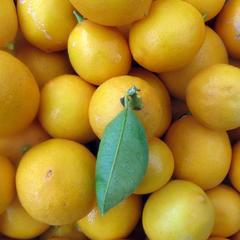
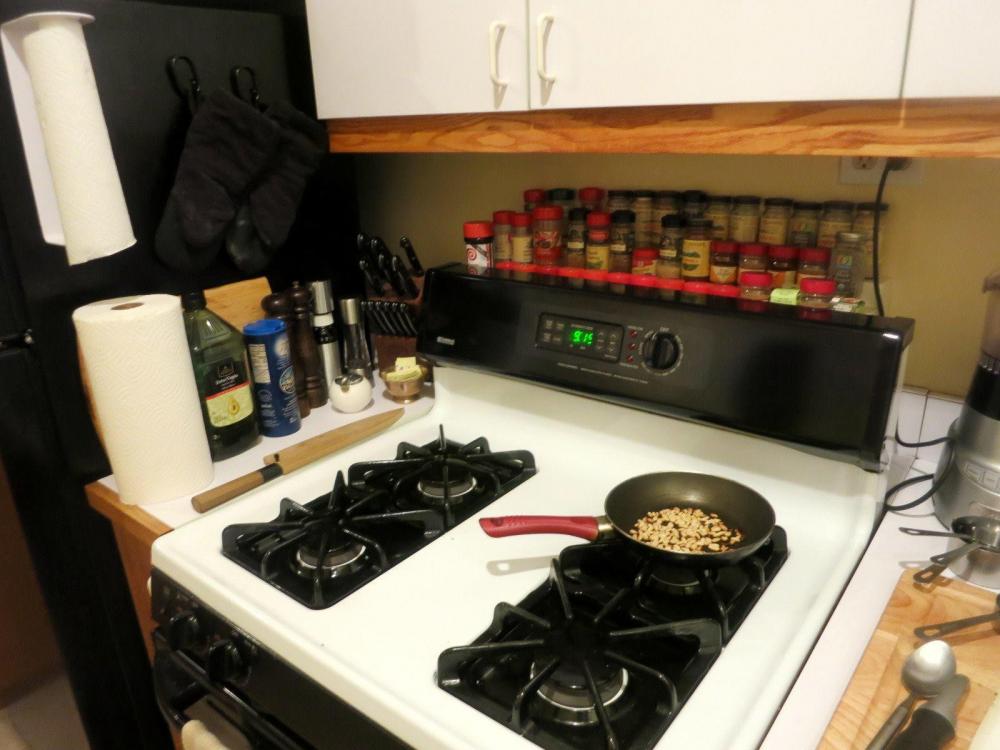

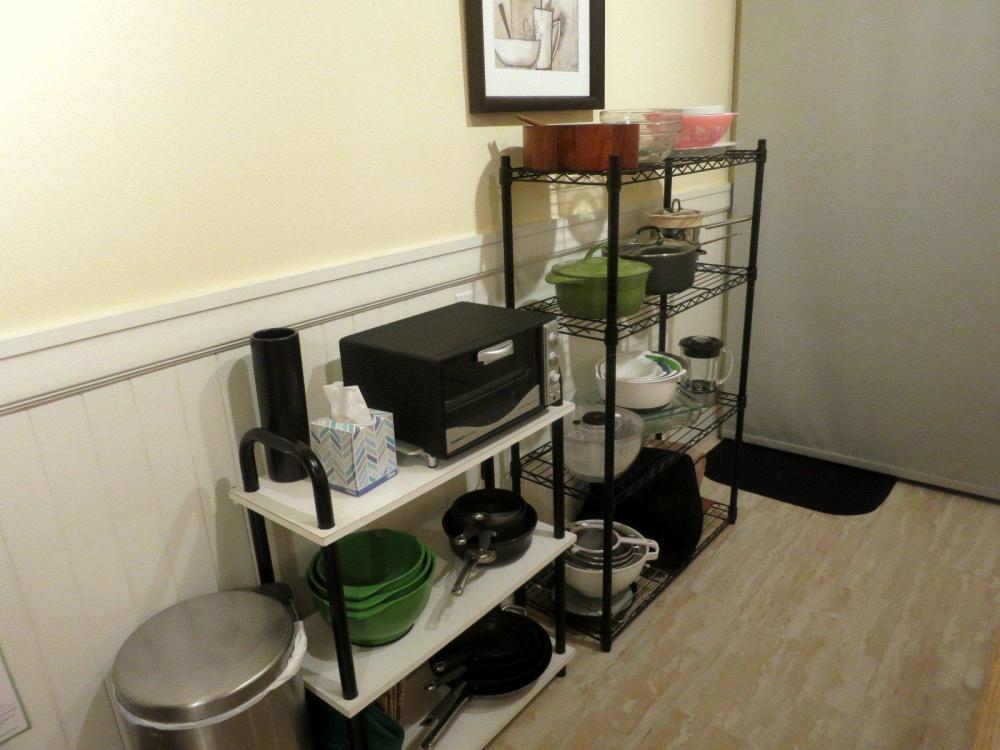
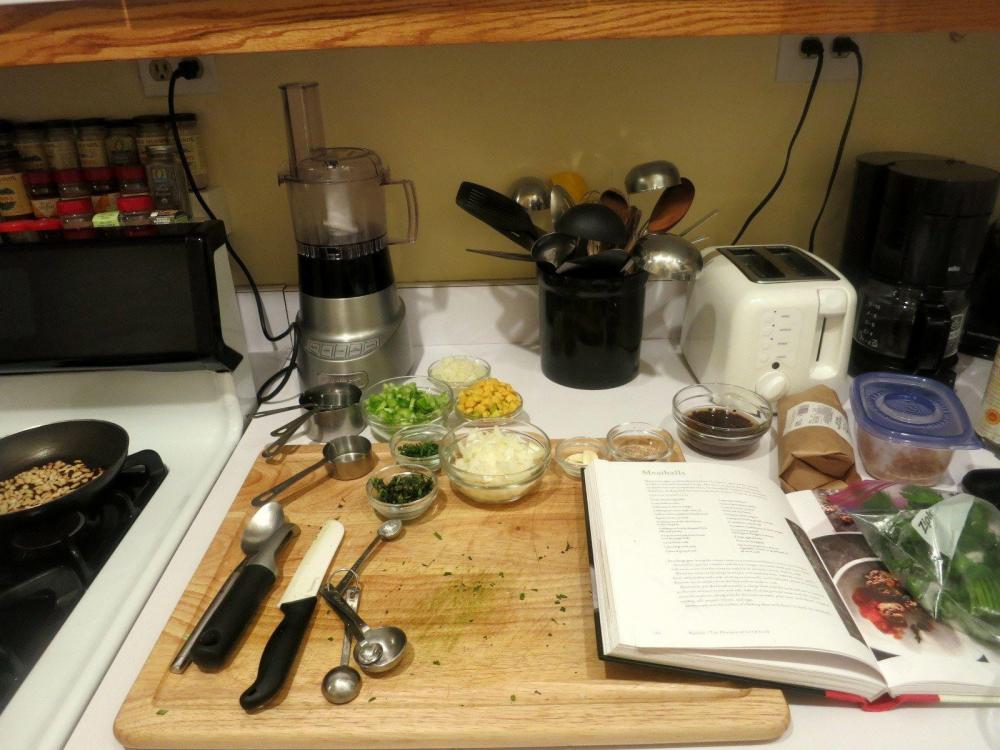

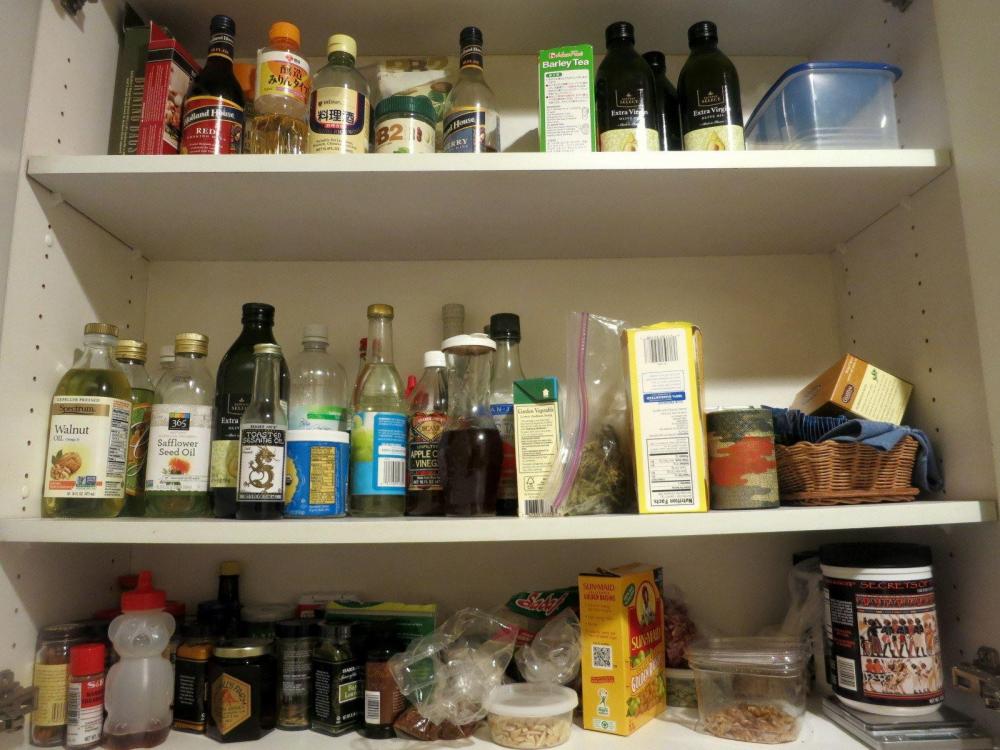


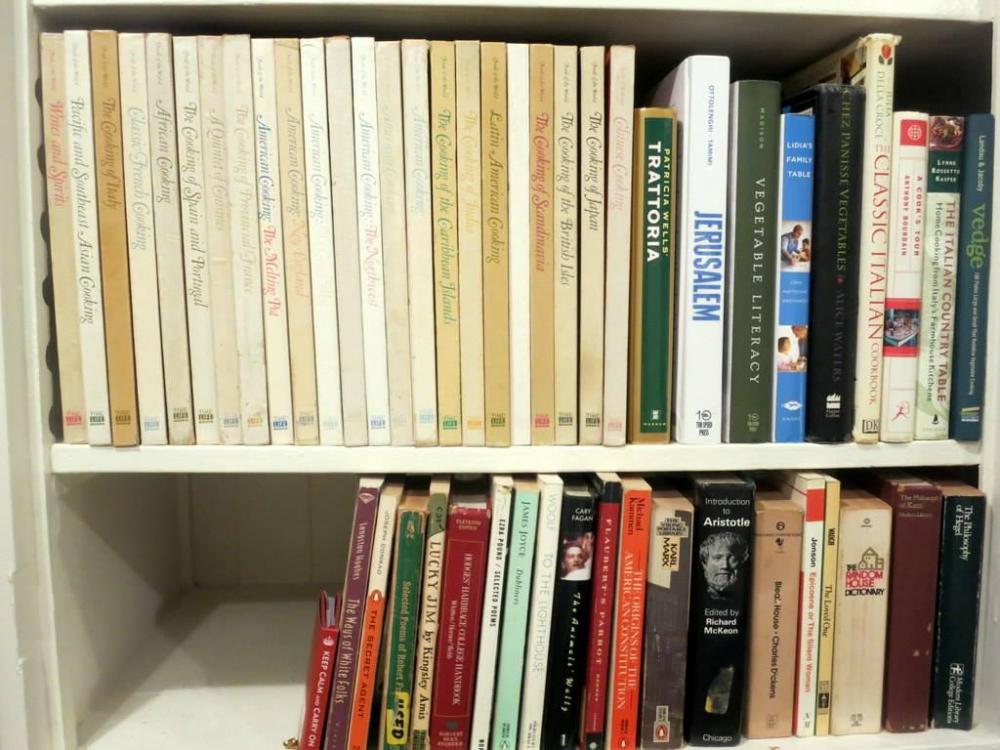

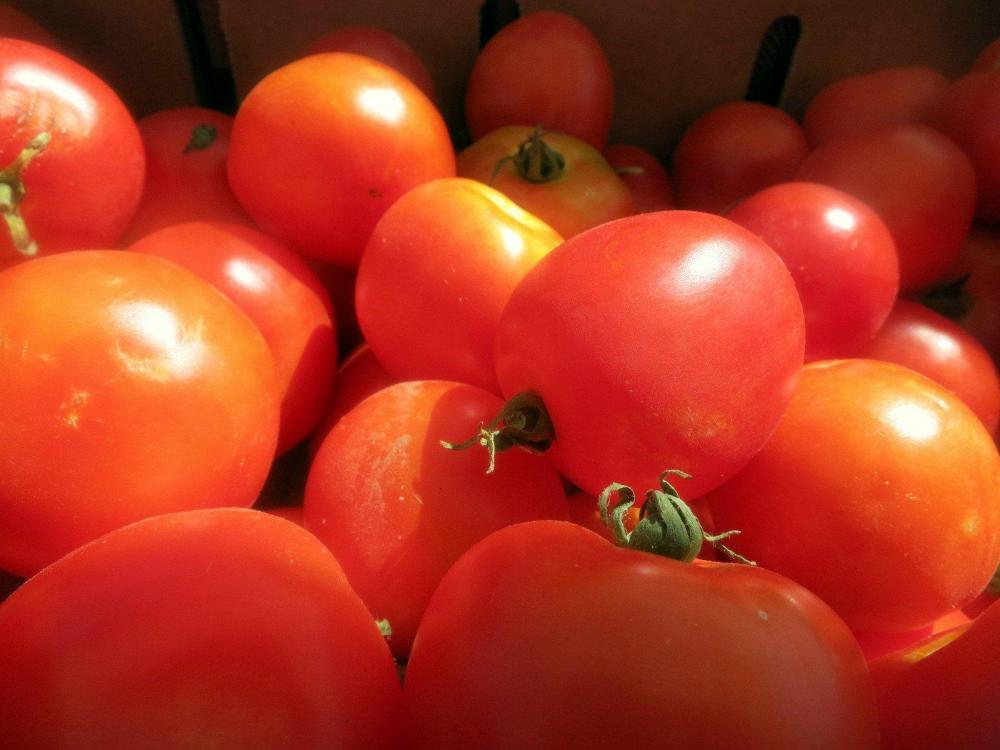
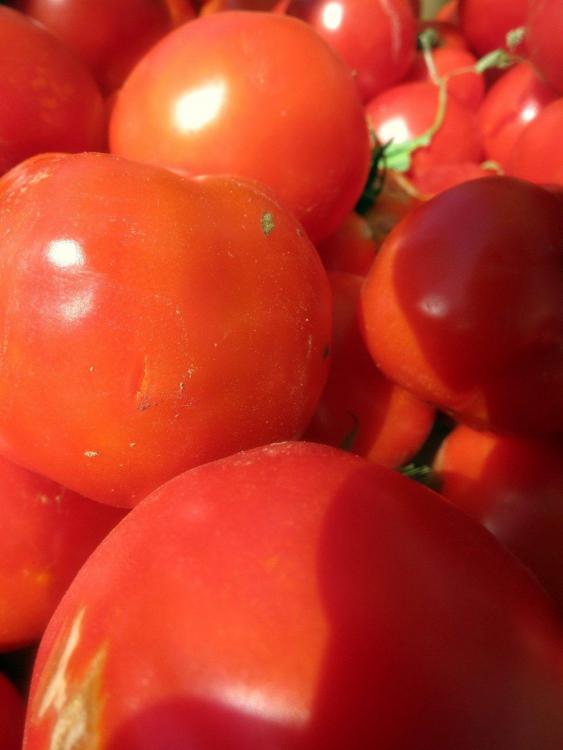

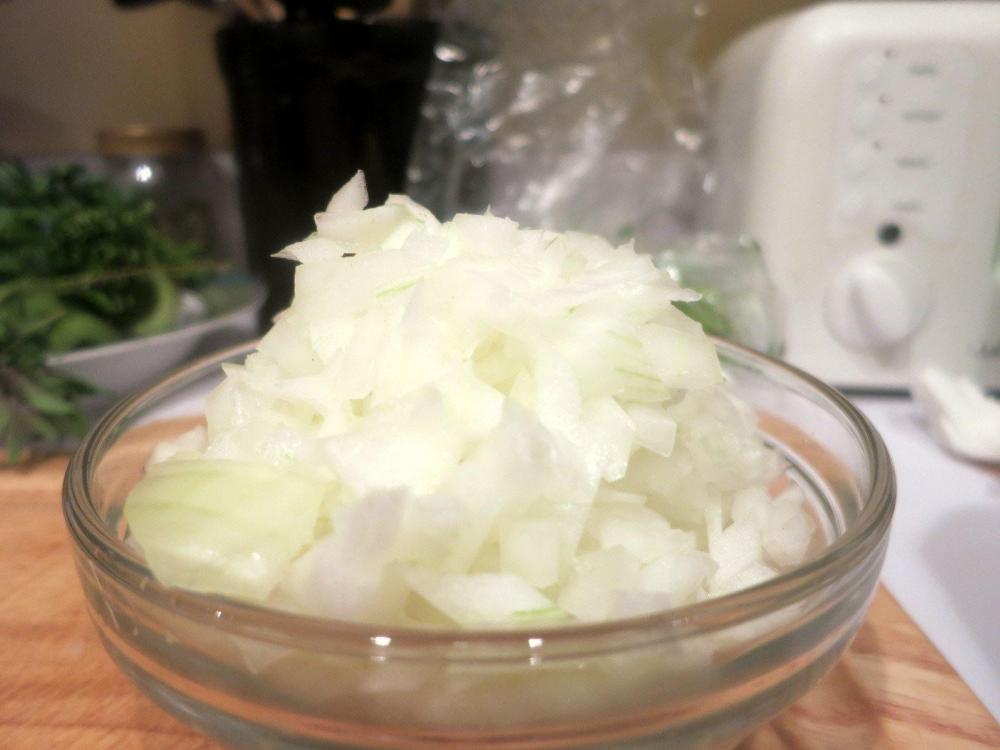
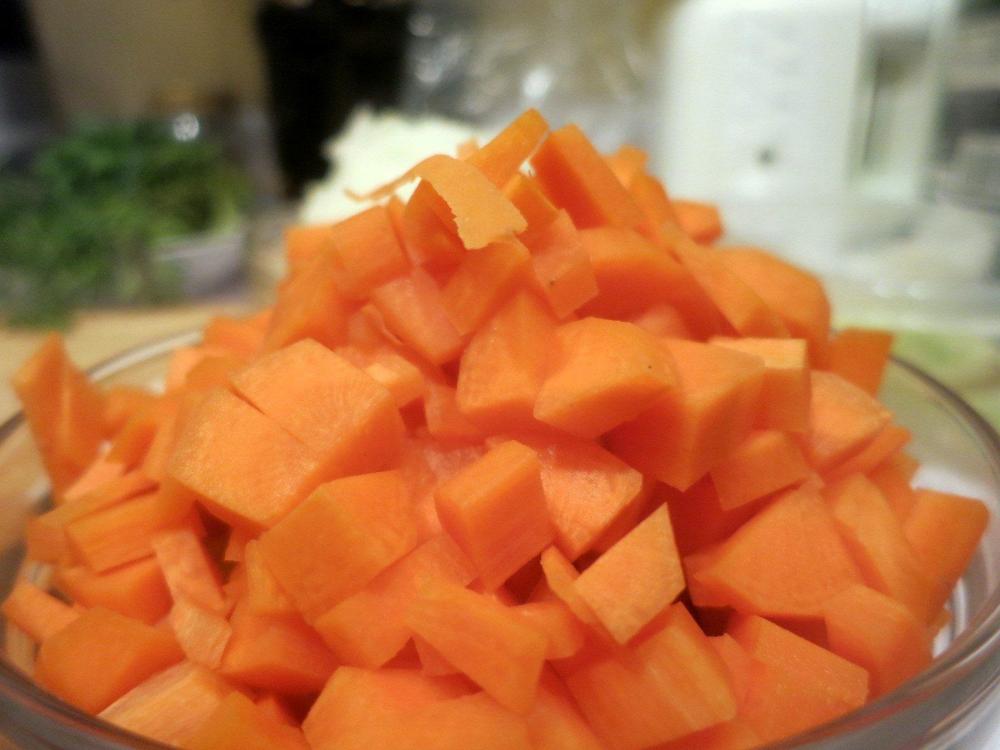

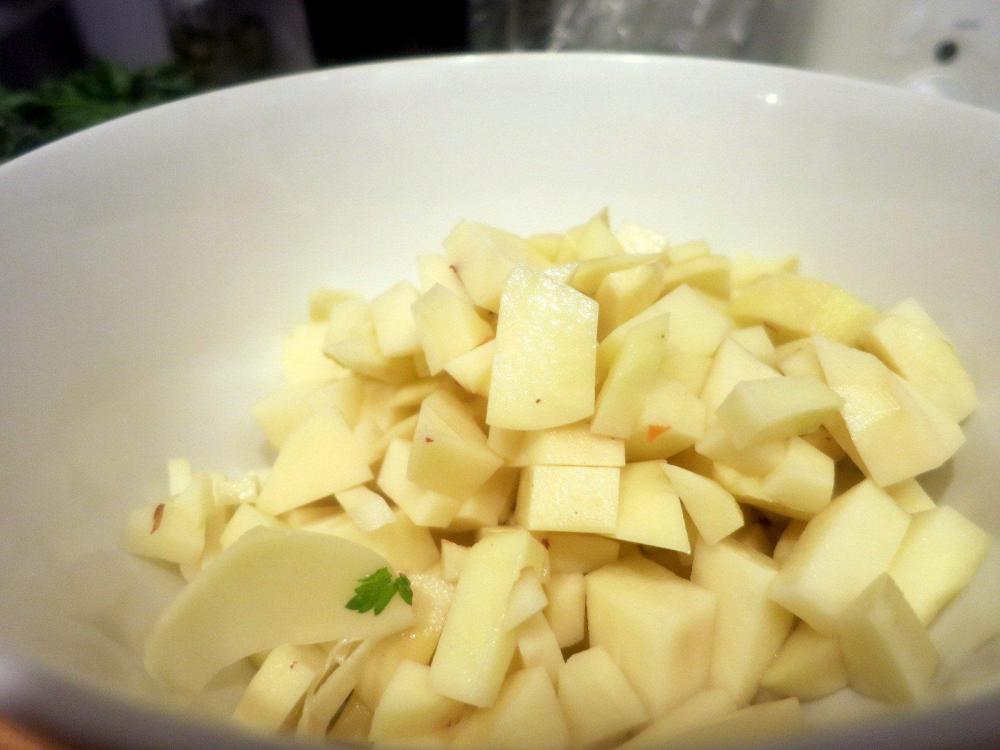
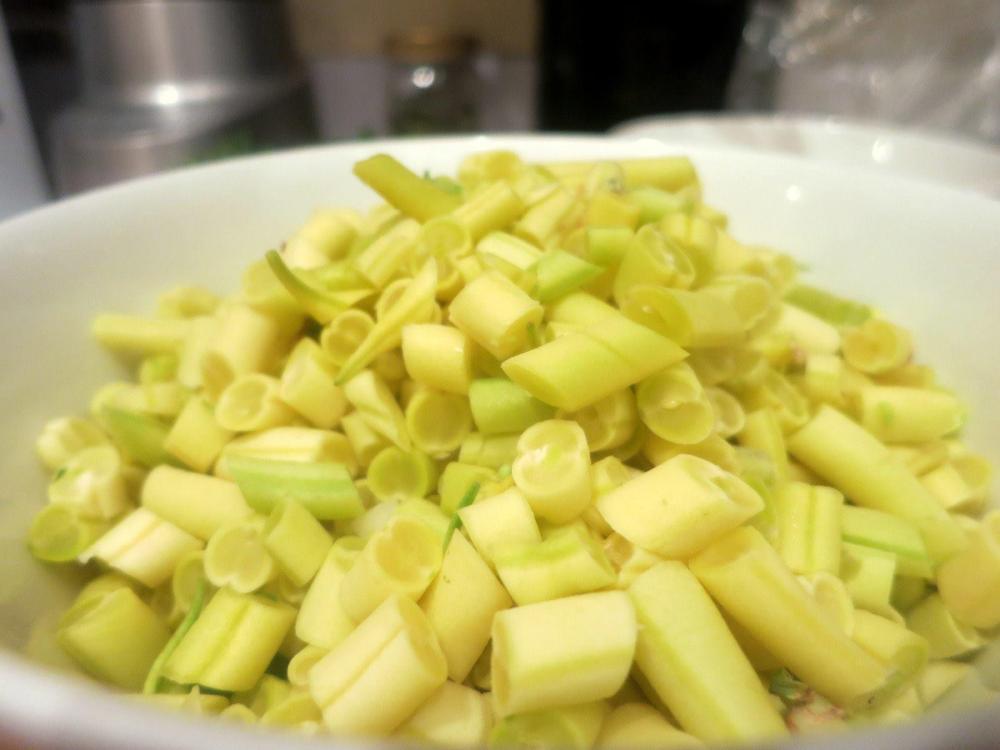
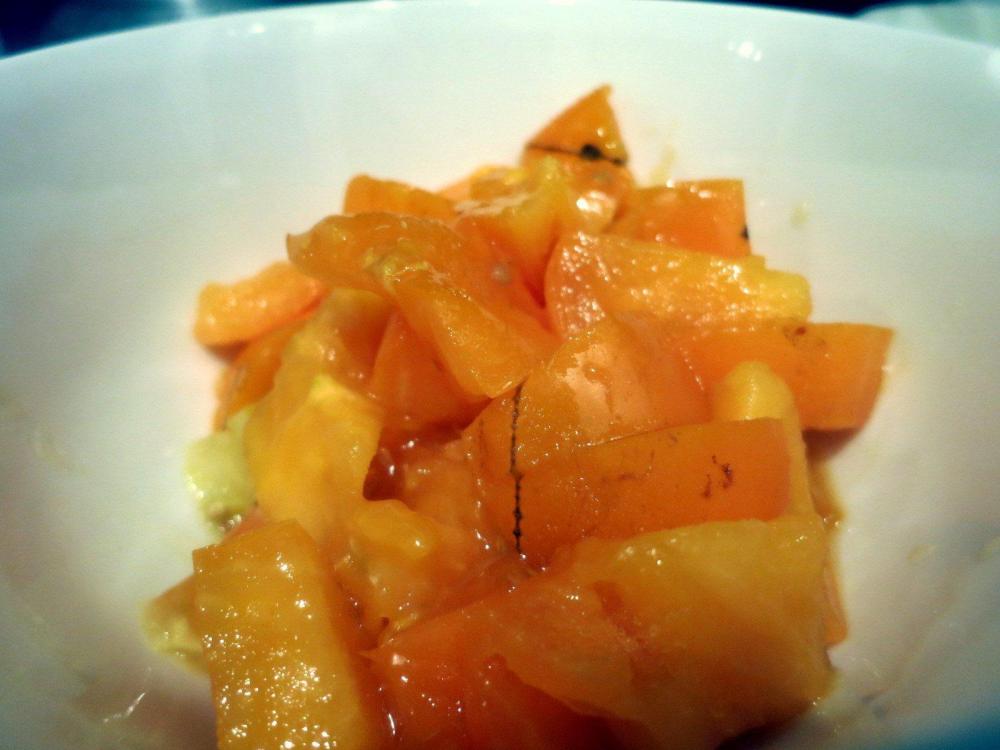
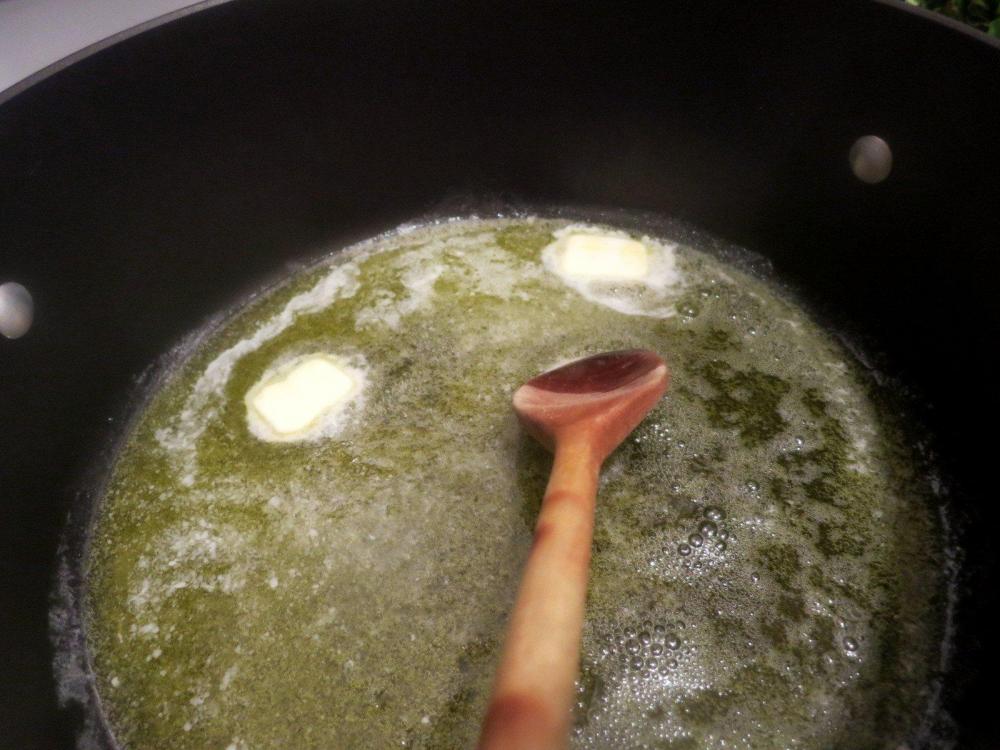
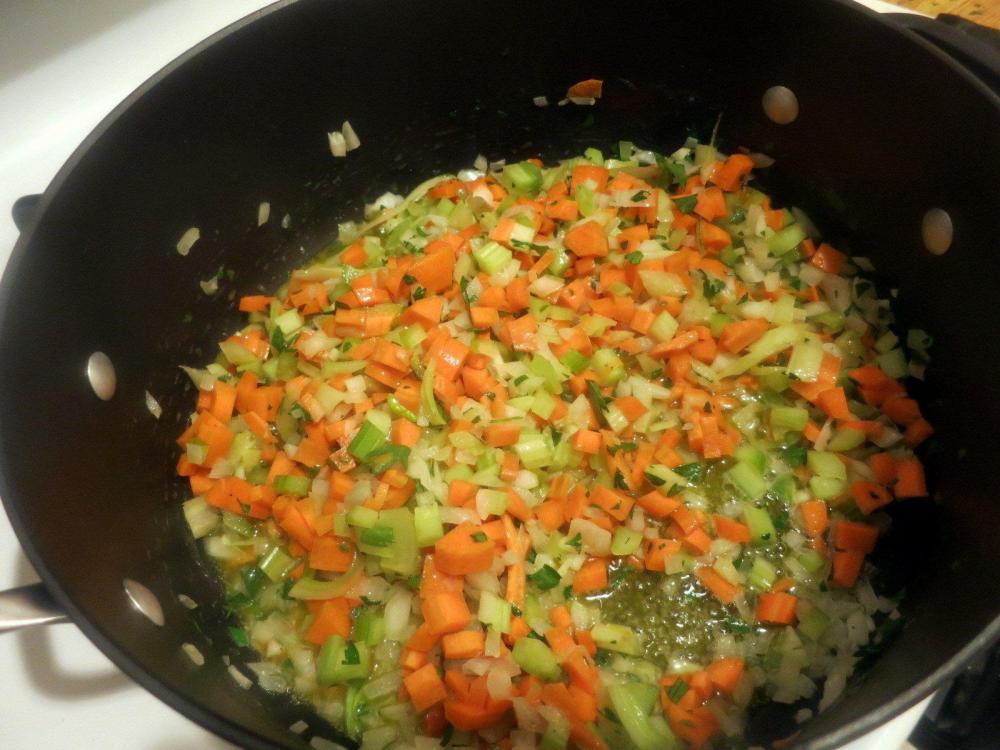
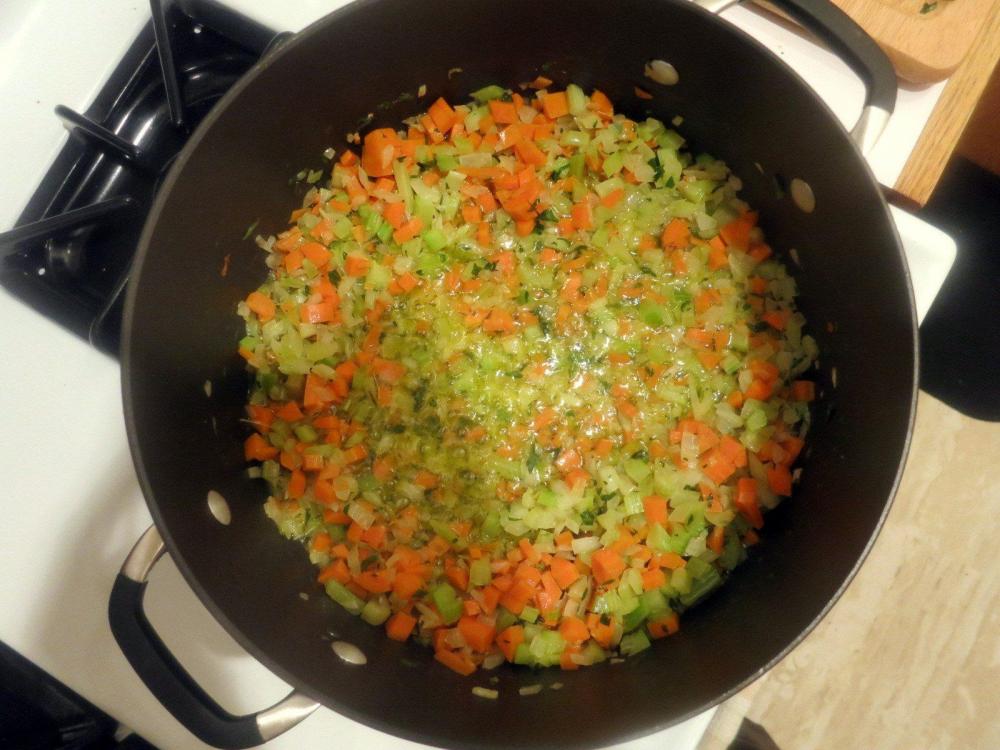
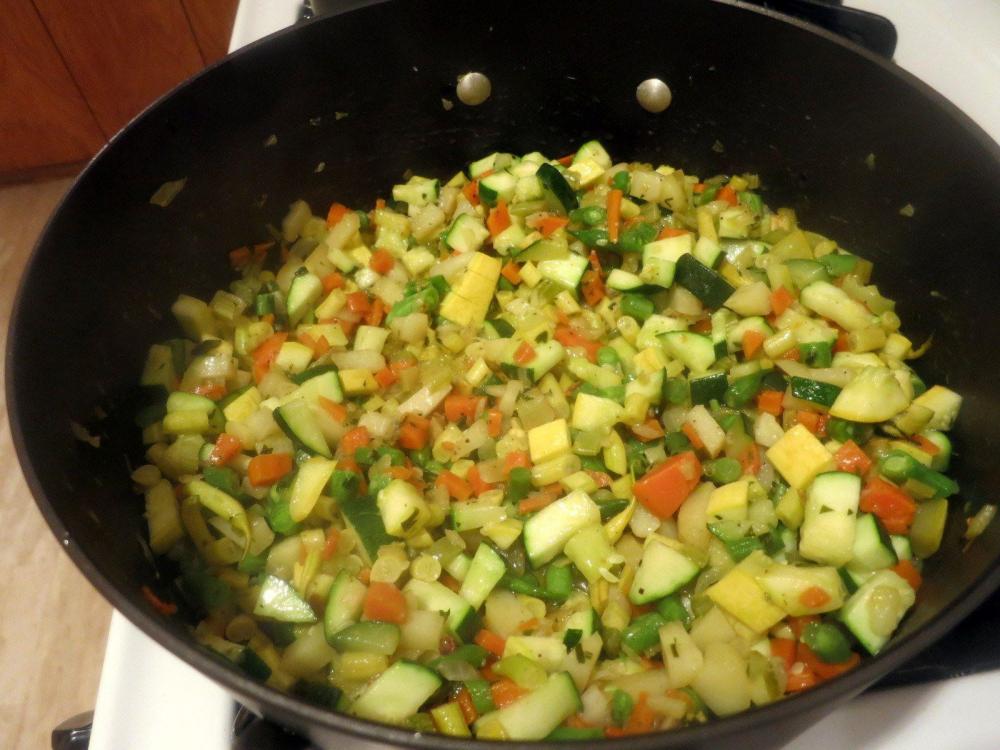

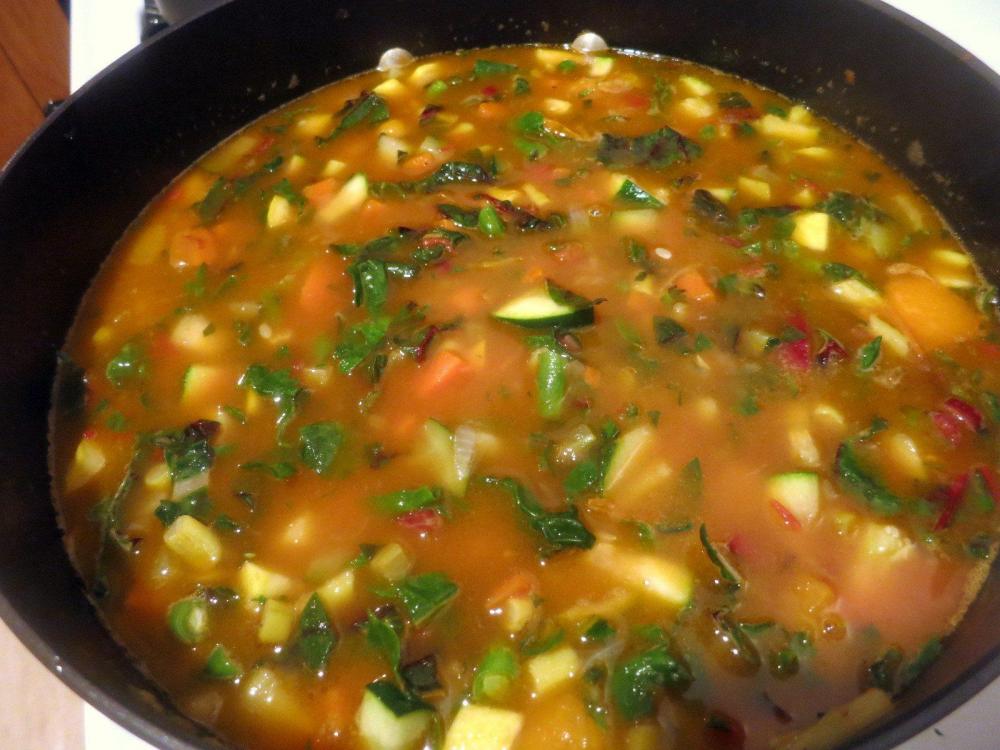
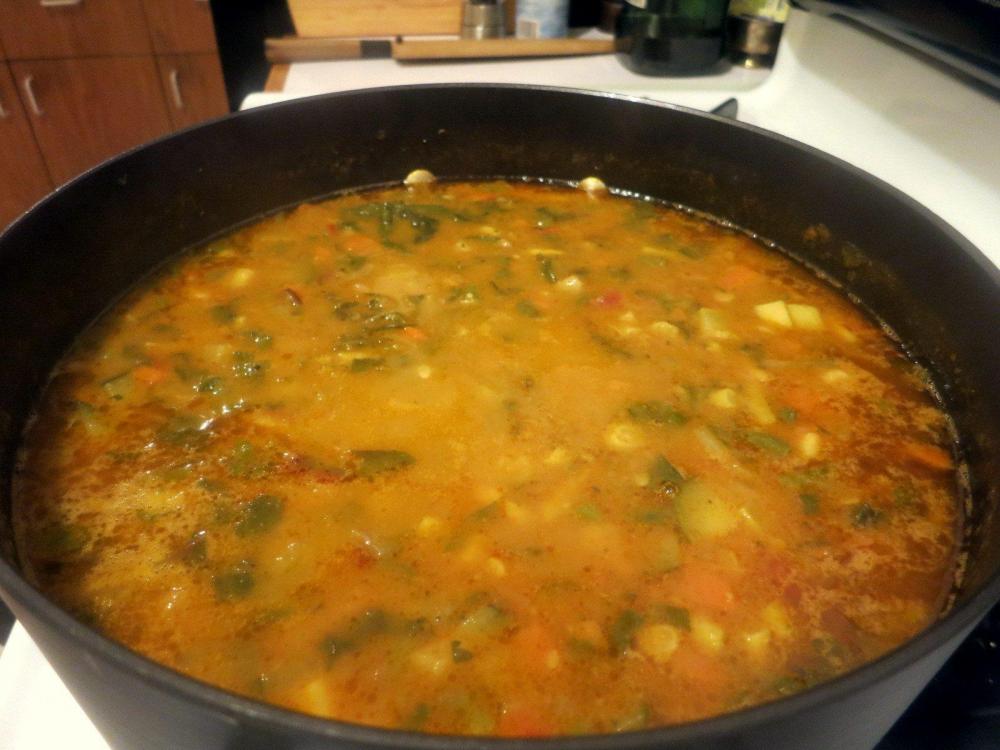
.thumb.jpg.b500fe9ea7bb7ce8abb2722507219731.jpg)
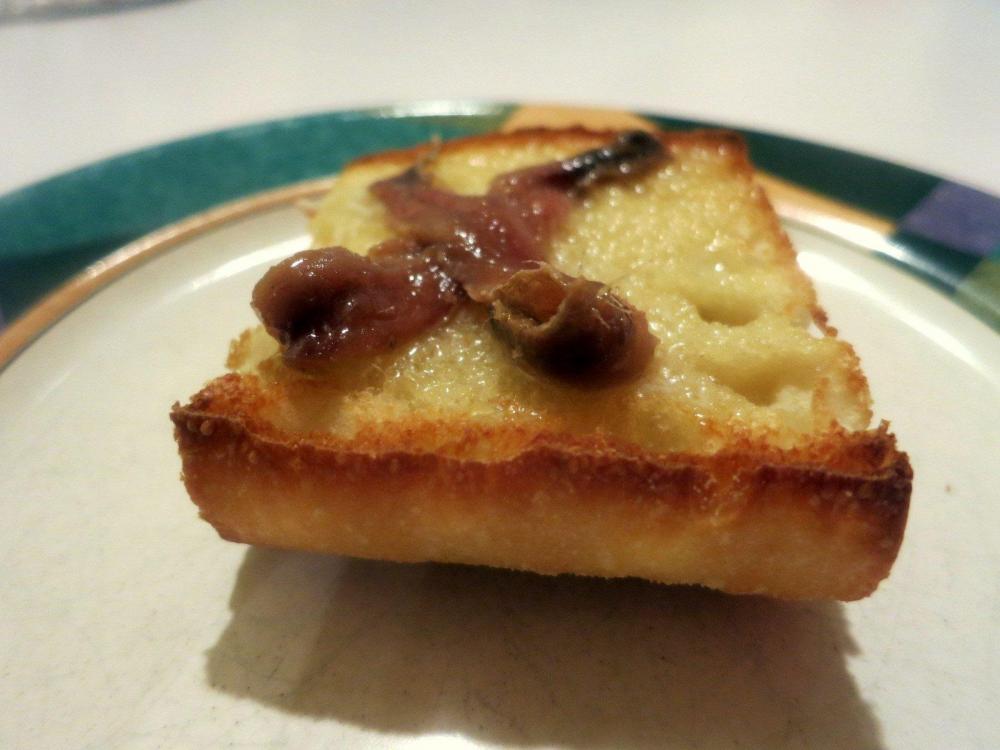
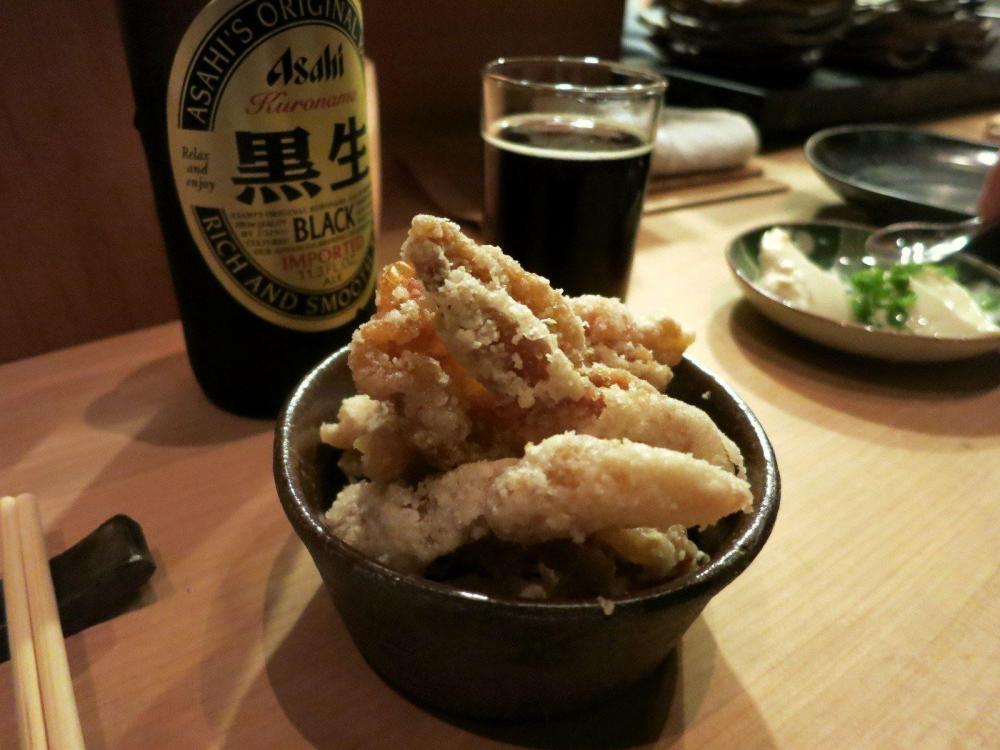

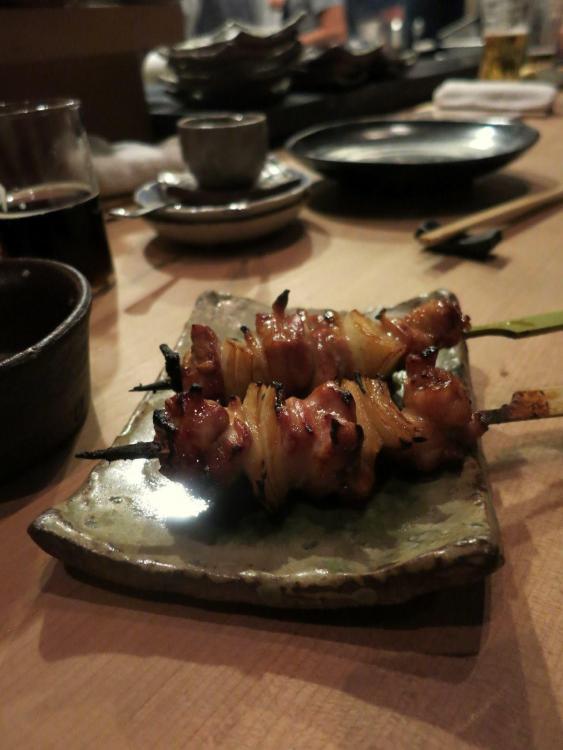
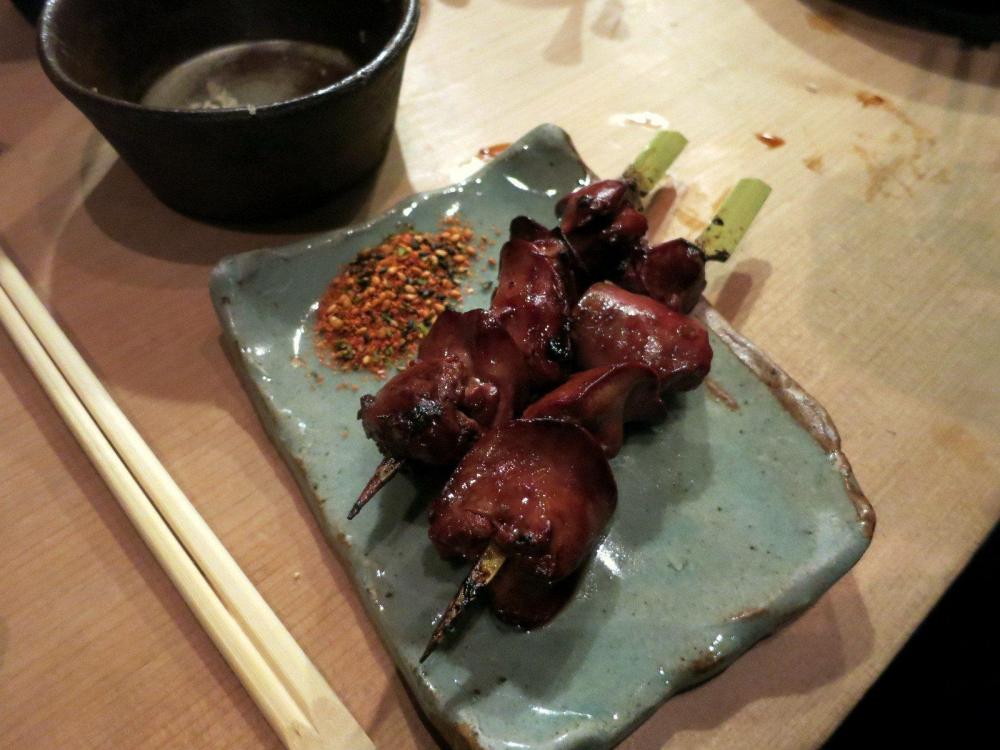



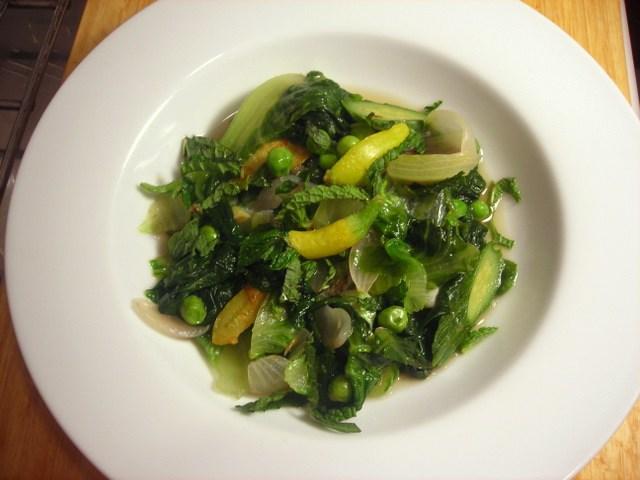
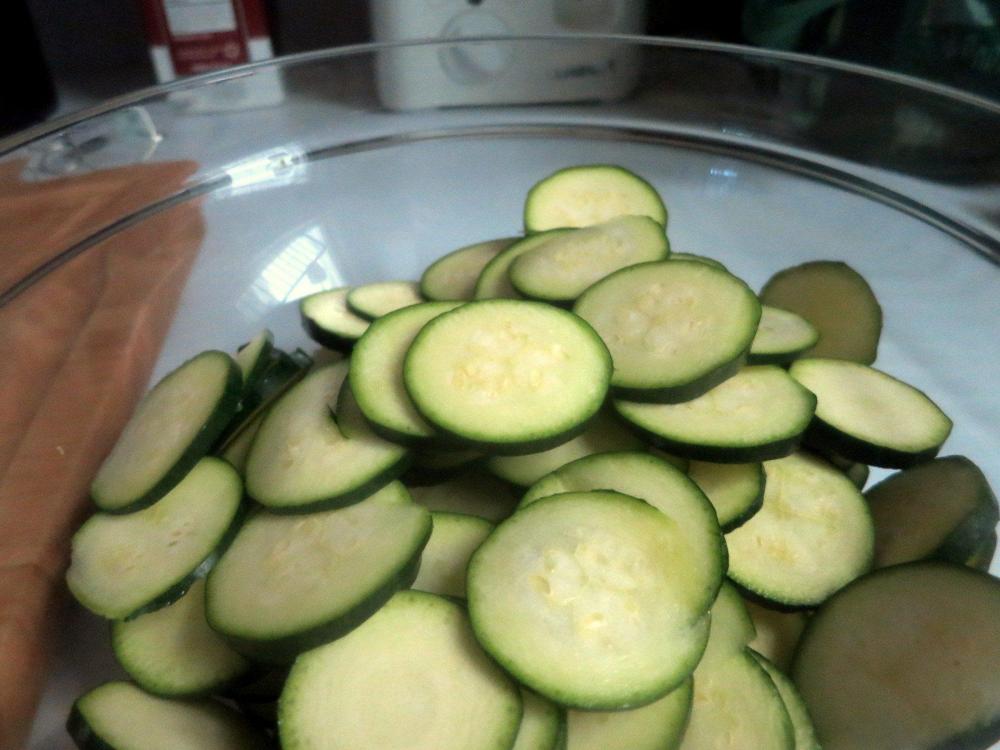
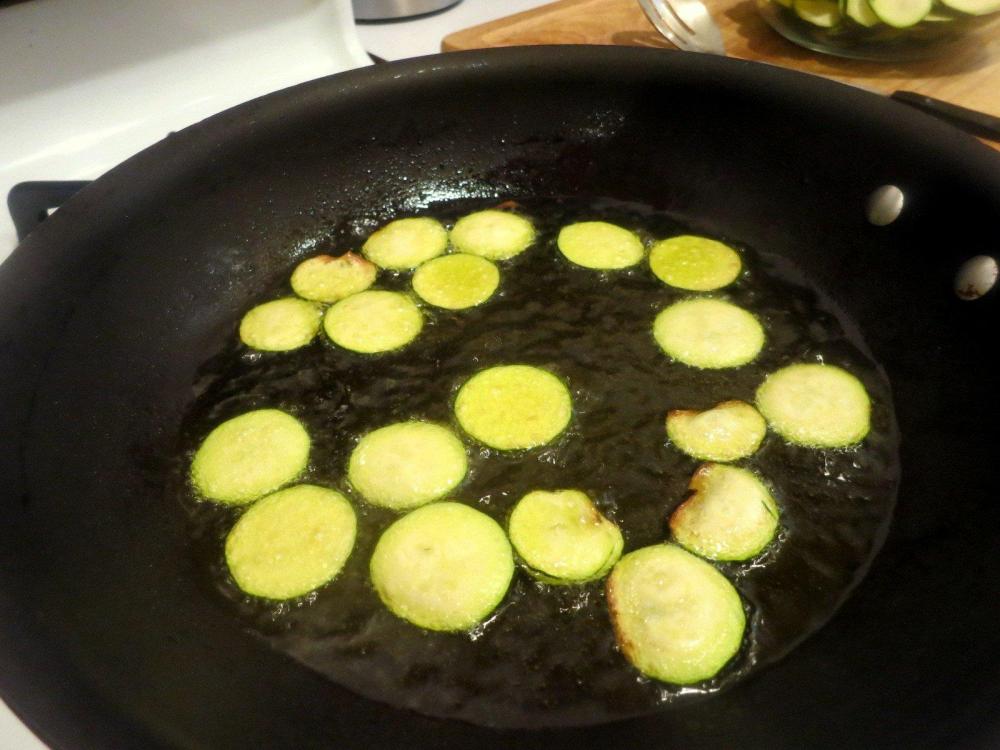
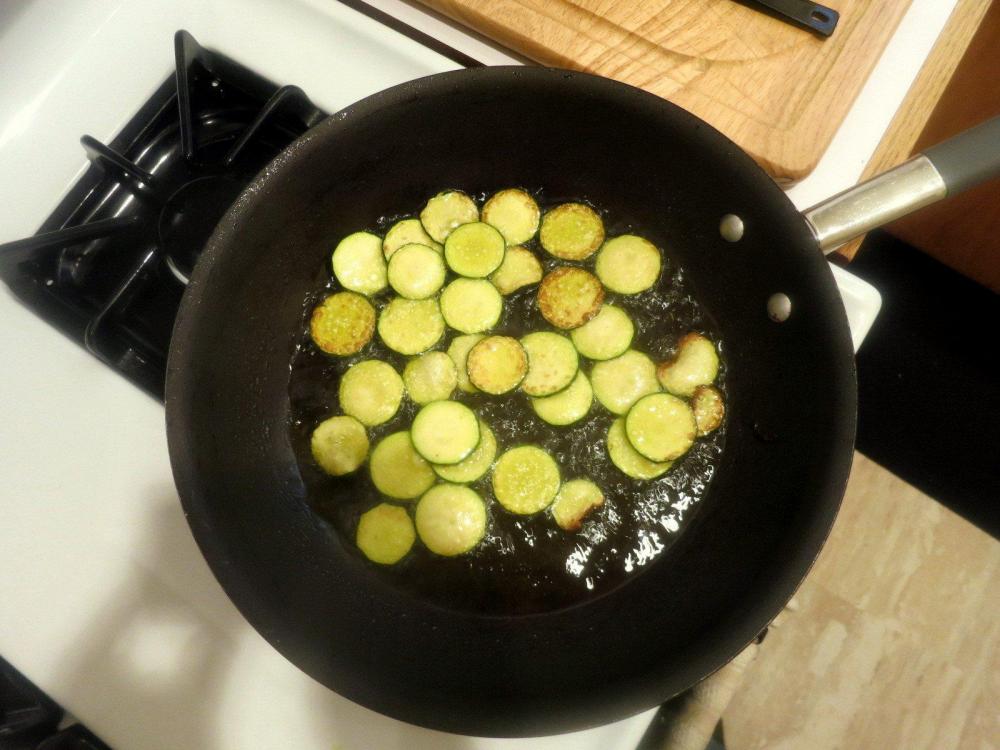
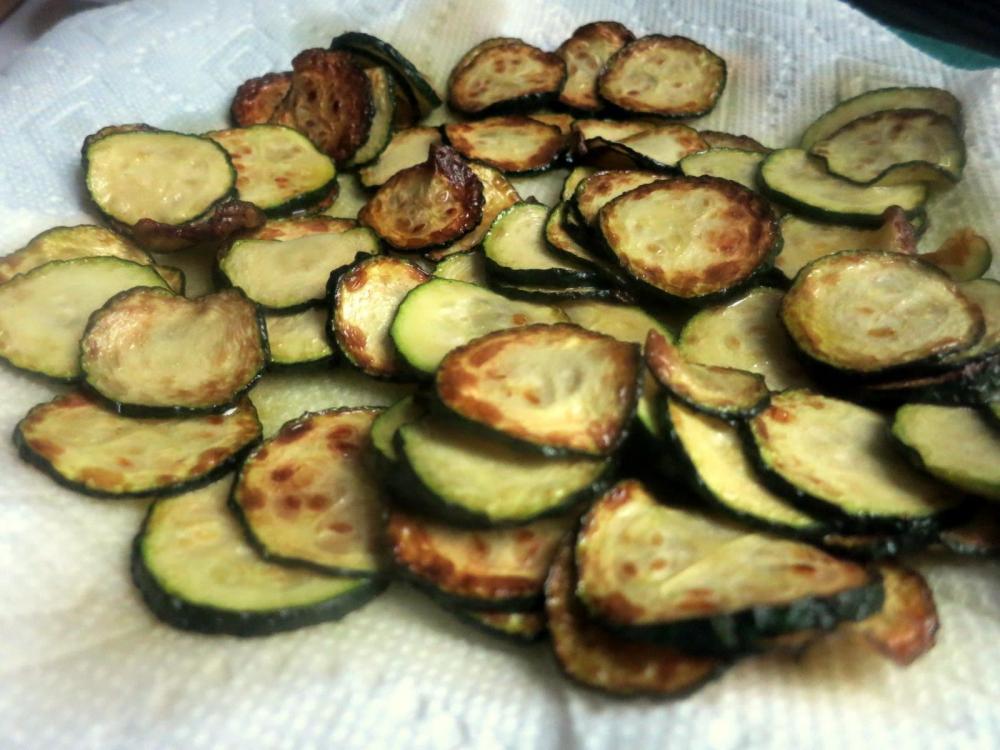
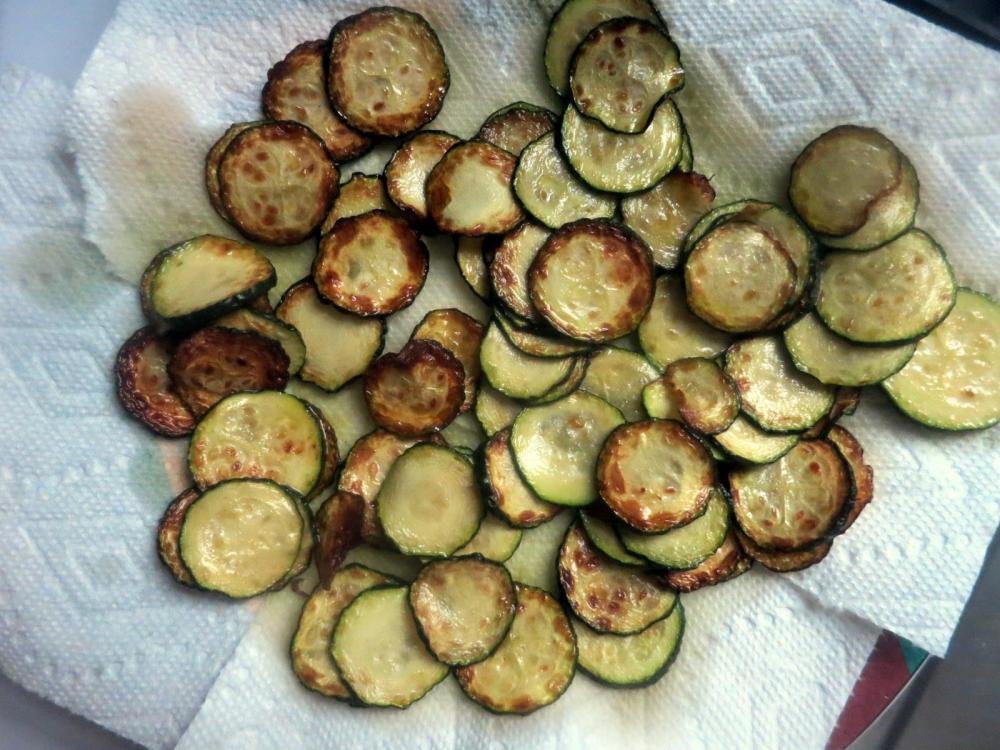

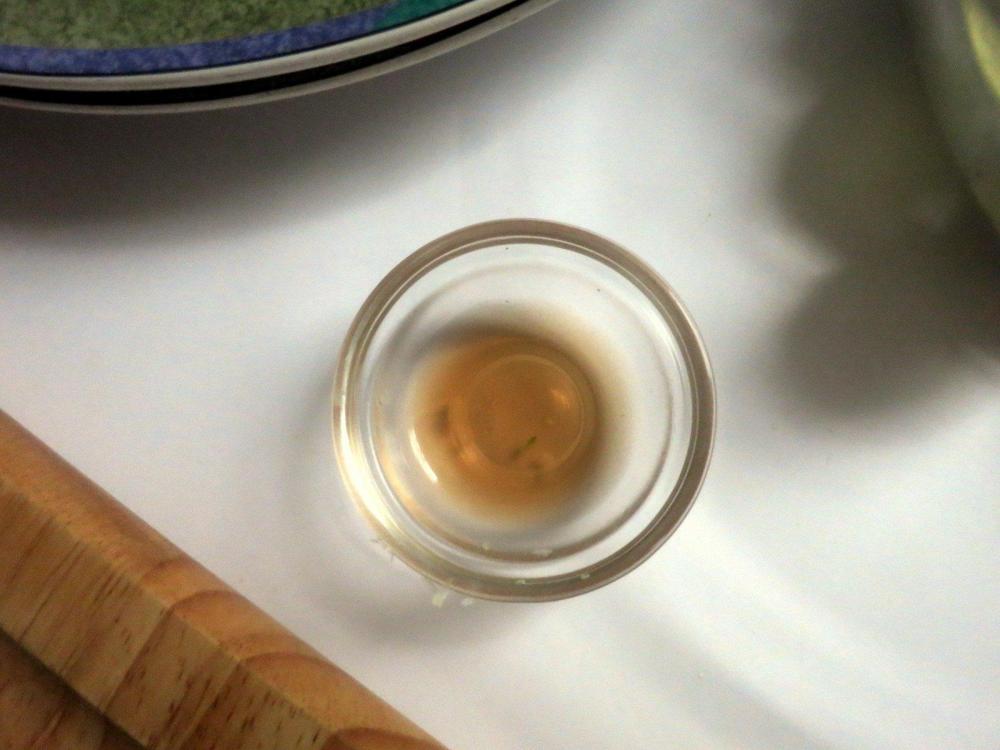
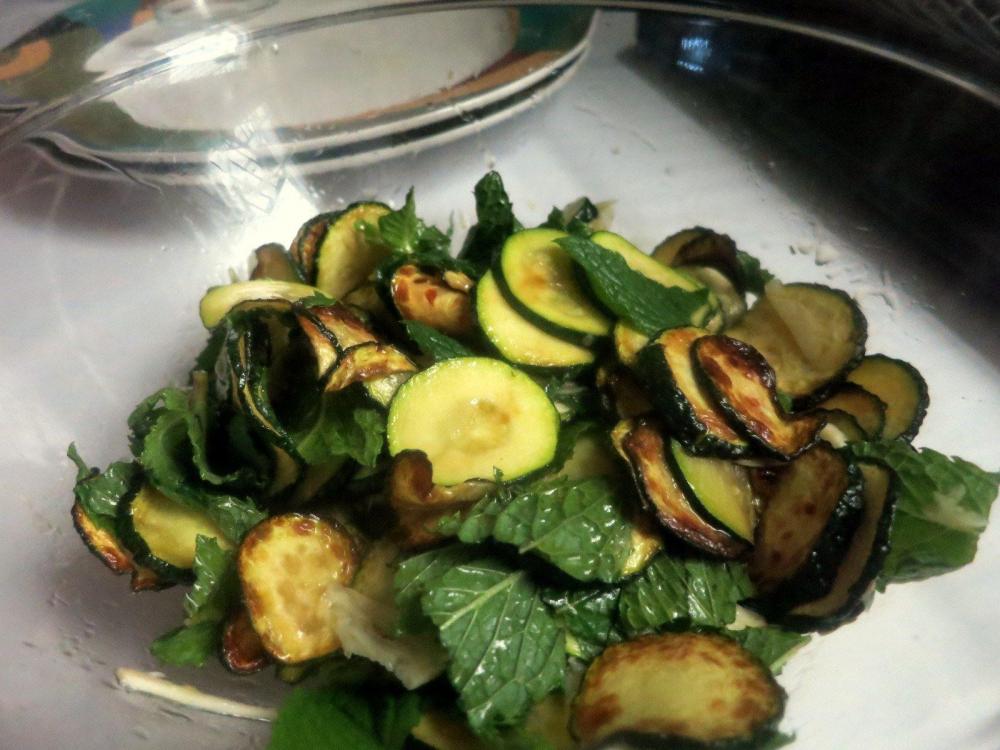
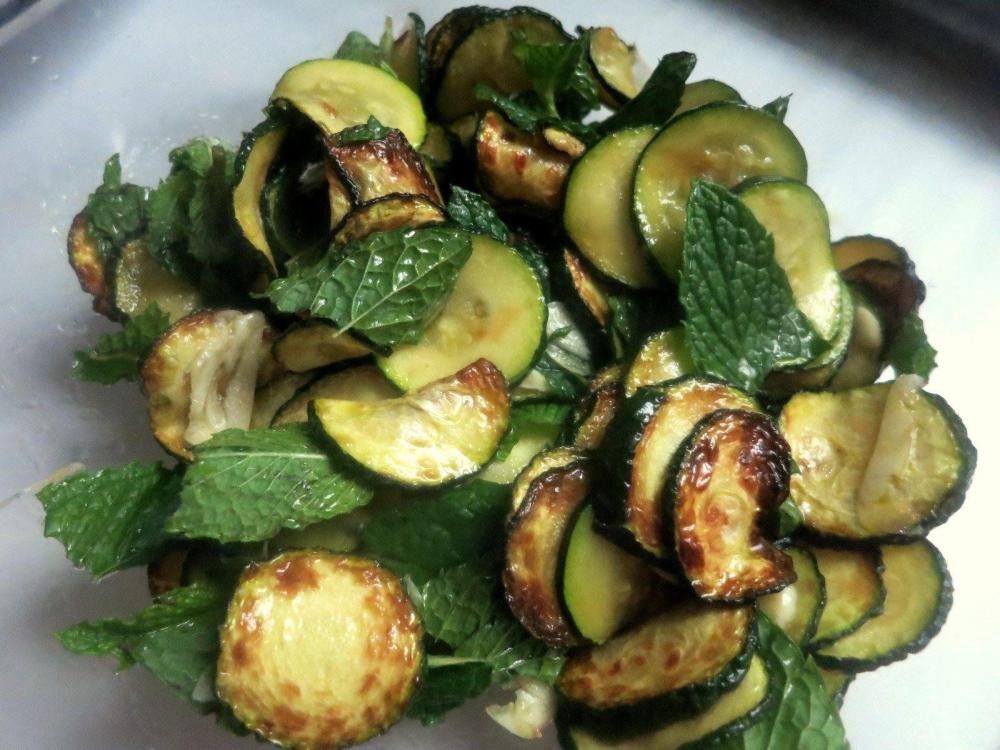

.thumb.jpg.71c9c2765e5112e78d0c389c3bd4874a.jpg)

